PV-1's / PV-2's / Hudson's / Lodestars ...
Fri Jan 11, 2013 10:55 am
Originally posted by Mark Allen
Per request, Lots of good stuff to know about these types I certainly didn't know before. Image source SDASM
Wiki source:
Lockheed Ventura/B-34 Lexington
The Ventura was very similar to its predecessor, the Lockheed Hudson. The primary difference was not in layout; rather, the Ventura was larger and heavier than the Hudson. The RAF ordered 188 Venturas in February 1940. They were delivered from mid-1942 onwards. Venturas were initially used for daylight raids on occupied Europe. They proved unsuited to this task, because (like many other bombers used by the RAF), they were too vulnerable without long-range fighter escorts. They were replaced in this role by the de Havilland Mosquito. The Venturas were gradually transferred to patrol duties with Coastal Command, 30 went to the RCAF and some to the SAAF.
The RAF placed a further order for 487 Ventura Mark IIs, but many of these were diverted to United States Army Air Forces service. The U.S. Army Air Forces placed its own order for 200 Ventura Mark IIA, which were put into service as the B-34 Lexington. Later redesignated RB-34.
Lockheed B-37
In August 1941, large orders for Venturas were placed with Lend-Lease Act money. Among the orders were for 550 armed reconnaissance versions of the Ventura. This aircraft was originally planned to be built under the designation O-56. The main differences between the Ventura and the O-56 were in the engines: rather than the 2,000 hp (1,491 kW) Pratt & Whitney R-2800 radials of the Ventura, the O-56 used 1,700 hp (1,270 kW) Wright R-2600-13 radials.
Before completion of the first O-56, the U.S. Army Air Forces dropped the "O-" category used to designate "observation" (reconnaissance) aircraft. The O-56 was redesignated the RB-34B (the R denoted 'restricted' meaning it was not to be used for combat). Before the first of these flew, the design was redesignated again as the B-37 with a higher powered version of the R-2600, later it also was designated the RB-37.
While 550 were ordered by the Army Air Forces, acquisition by the USAAF stopped after only 18 Venturas were accepted, when the Army Air Forces agreed to turn over exclusive use of the Ventura to the United States Navy.
PV-1 Ventura
The PV-1 Ventura, built by the Vega Aircraft Company division of Lockheed (hence the "V" Navy manufacturer's letter that later replaced the "O" for Lockheed), was a version of the Ventura built for the U.S. Navy (see Venturas in U.S. Navy service below). The main differences between the PV-1 and the B-34 were the inclusion of special equipment in the PV-1, adapting it to its patrol bombing role. The maximum fuel capacity of the PV-1 was increased from 1,345 gal (5,081 l) to 1,607 gal (6,082 l), to increase its range; the forward defensive armament was also reduced for this reason. The most important addition was of an ASD-1 search radar.
Early production PV-1s still carried a bombardier's station behind the nose radome, with four side windows and a flat bomb-aiming panel underneath the nose. Late production PV-1s dispensed with this bombardier position and replaced it with a pack with three 0.50 in (12.7 mm) machine guns underneath the nose. These aircraft could also carry eight 5 in (127 mm) HVAR rockets on launchers underneath the wings.
The PV-1 began to be delivered in December 1942, and entered service in February 1943. The first squadron in combat was VP-135, deployed in the Aleutian Islands in April 1943. They were operated by three other squadrons in this theatre. From the Aleutians, they flew strikes against bases in Paramushiro and Shimushu, Japanese islands in the Kurile chain. Often, PV-1s would lead B-24 bomber formations, since they were equipped with radar. In late 1943, some PV-1s were deployed to the Solomon Islands as night fighters with VMF(N)-531, a Marine Corps fighter squadron.
PV-2 Harpoon
The PV-2 Harpoon was a major redesign of the Ventura with the wing area increased from 551 ft² (51.2 m²) to 686 ft² (63.7 m²) giving an increased load-carrying capability. The motivation for redesign was weaknesses in the PV-1, since it had shown to have poor-quality takeoffs when carrying a full load of fuel. On the PV-2, the armament became standardized at five forward-firing machine guns. Many early PV-1s had a bombardier's position, which was deleted in the PV-2. Some other significant developments included the increase of the bombload by 30% to 4,000 lb (1,800 kg), and the ability to carry eight 5-inch (127 mm) HVAR rockets under the wings.
While the PV-2 was expected to have increased range and better takeoff, the anticipated speed statistics were projected lower than those of the PV-1, due to the use of the same engines but an increase in weight. The Navy ordered 500 examples, designating them with the popular name Harpoon.
Early tests indicated a tendency for the wings to wrinkle dangerously. As this problem could not be solved by a 6 ft (1.8 m) reduction in wingspan (making the wing uniformly flexible), a complete redesign of the wing was necessitated. This hurdle delayed entry of the PV-2 into service. The PV-2s already delivered were used for training purposes under the designation PV-2C. By the end of 1944, only 69 PV-2s had been delivered. They finally resumed when the redesign was complete. The first aircraft shipped were the PV-2D, which had eight forward-firing machine guns and was used in ground attacks. When World War II ended, all of the order was cancelled.
With the wing problems fixed, the PV-2 proved reliable, and eventually popular. It was first used in the Aleutians by VP-139, one of the squadrons that originally used the PV-1. It was used by a number of countries after the war’s end, but the United States ceased ordering new PV-2s, and they were all soon retired from service.
Civil conversions
Ex-military PV-1 Venturas from Canada and South Africa were converted by Howard Aero in San Antonio, Texas in the 1950s and 1960s as high-speed executive transports. The earliest conversions, called Super Venturas, incorporated a 48 in (122 cm) fuselage stretch, extra fuel tankage, large picture windows, luxury interiors, and weapons bays transformed into baggage compartments. The landing gear was swapped for the heavier-duty units from the PV-2. Later versions, built in the 1960s, were called Howard 350s.[1] At least fifteen PV-2s were further modified, including cabin pressurization under the designation Howard 500. A final PV-1 modification by Howard was the Eldorado 700, with longer wings, a pointed nose, and streamlined engine cowlings.
Part 1 PV-1's

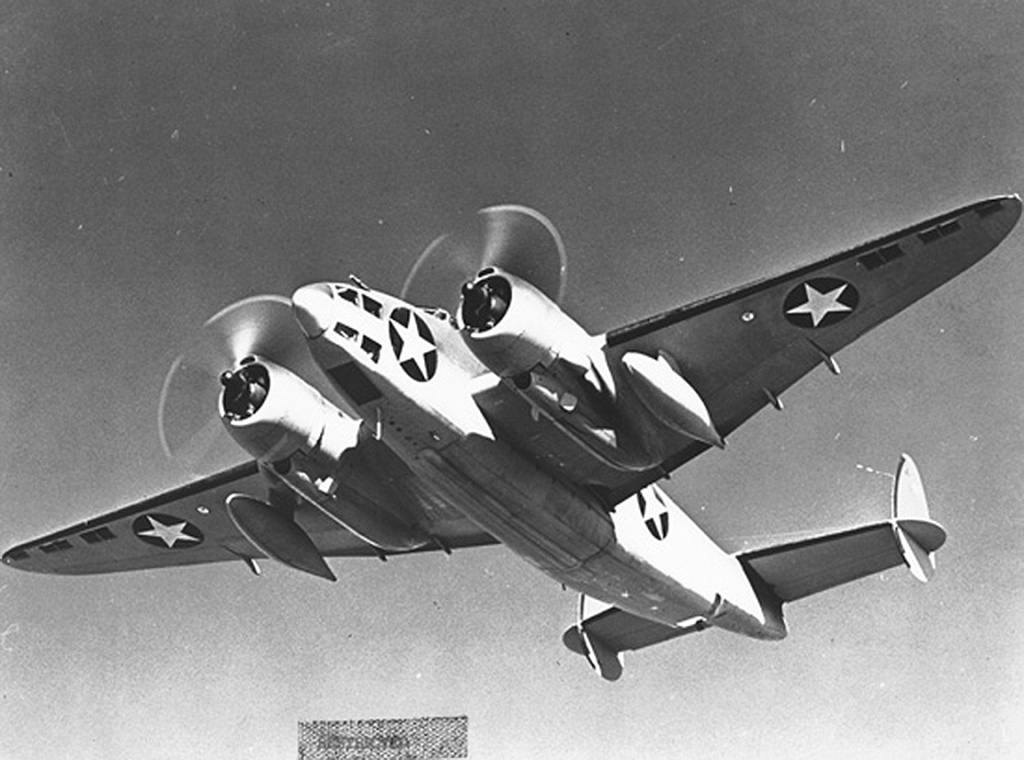
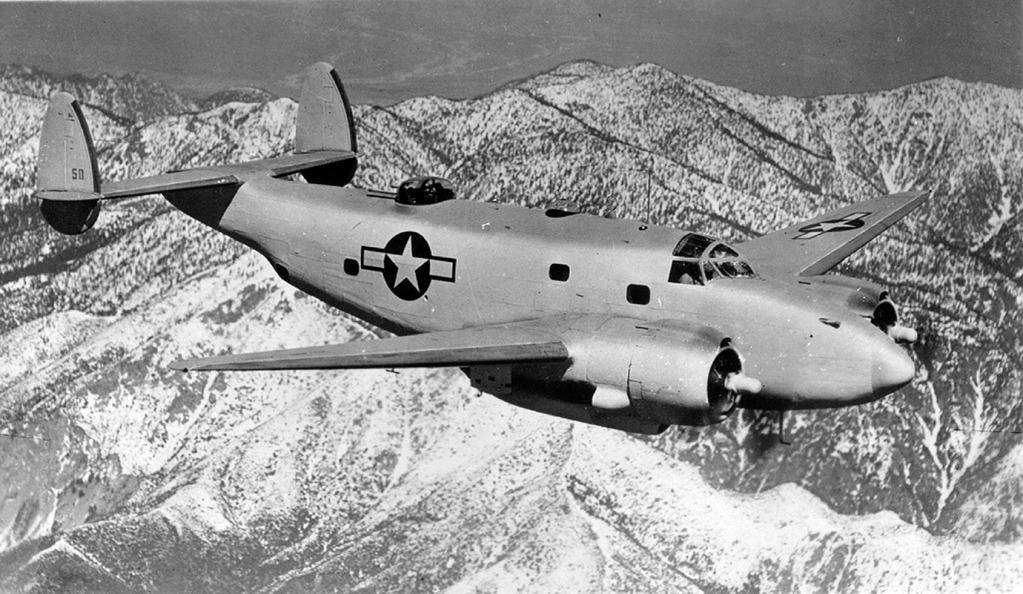
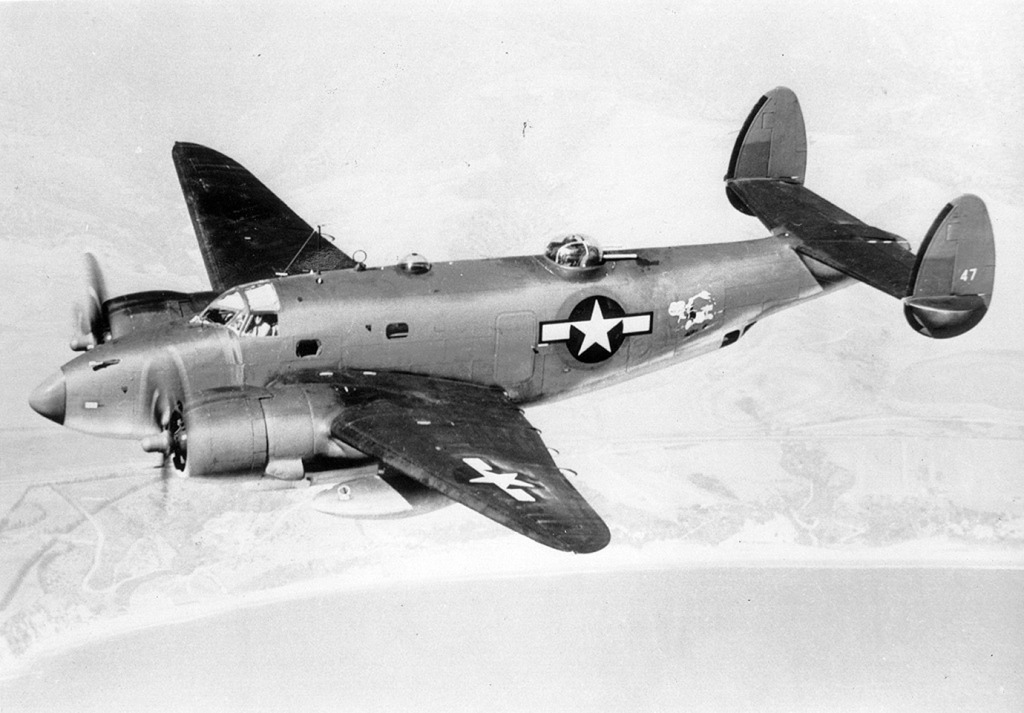
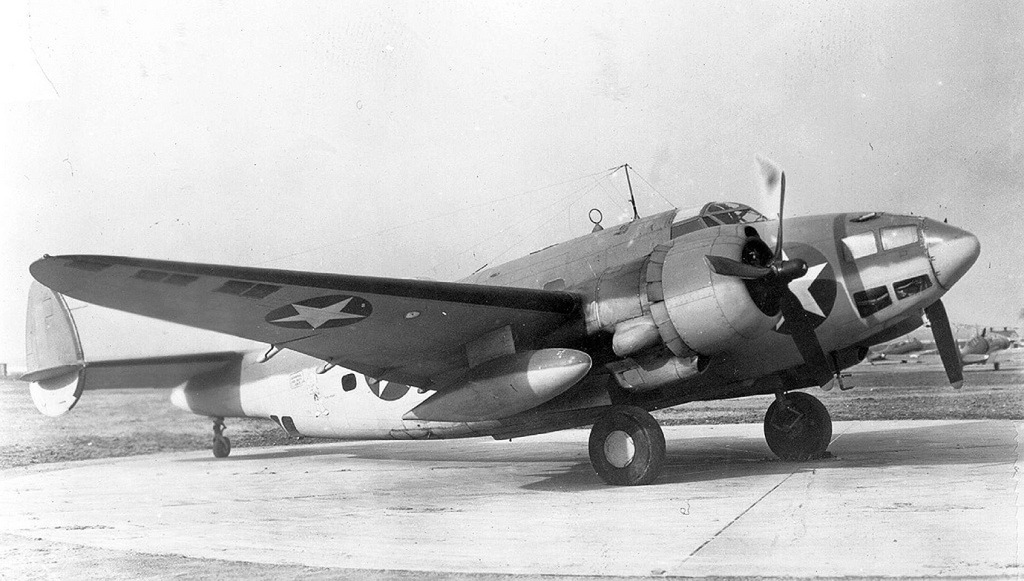
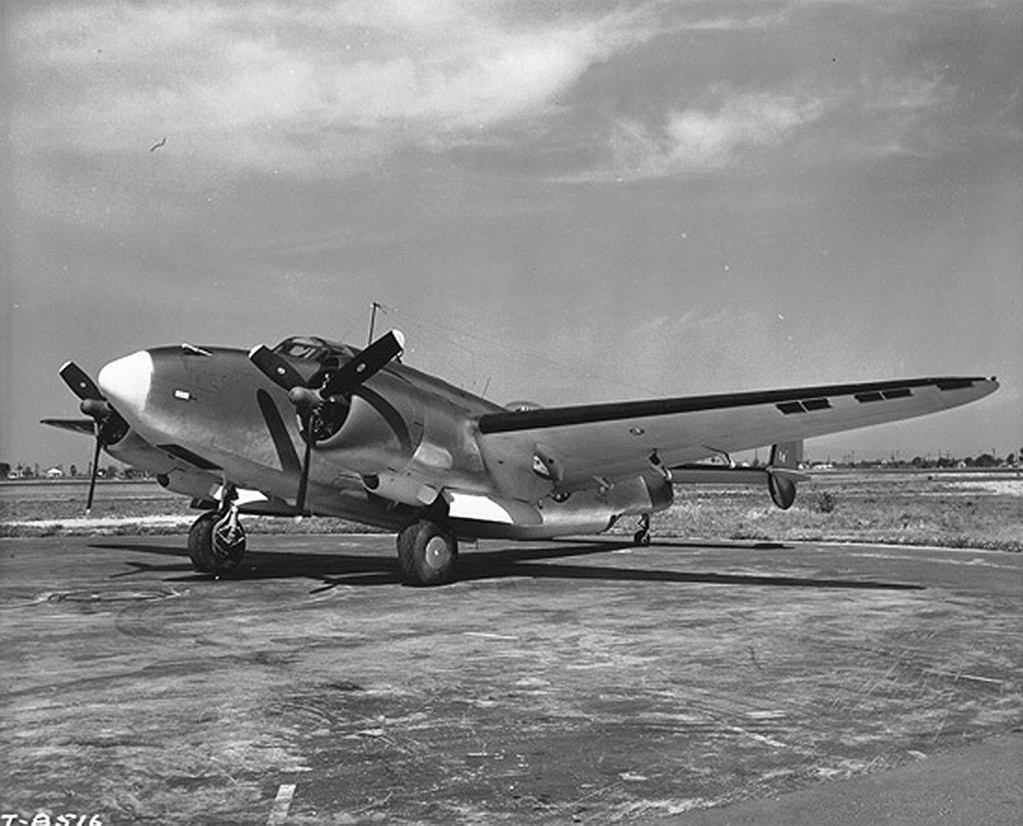
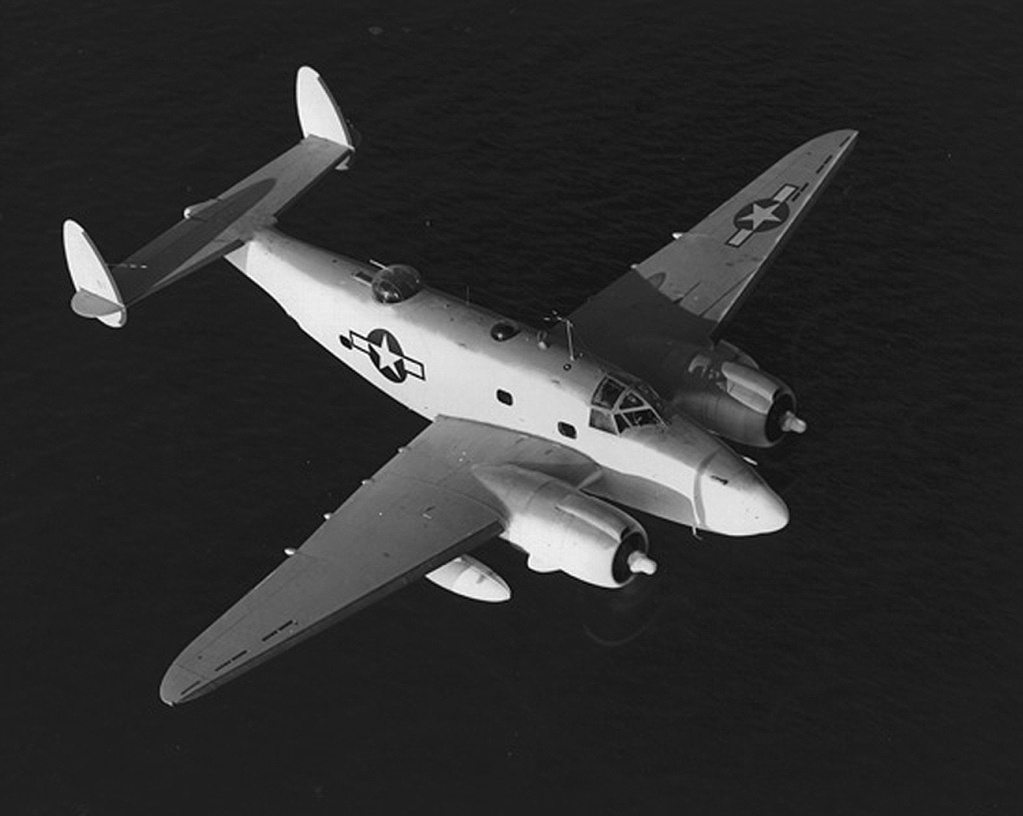
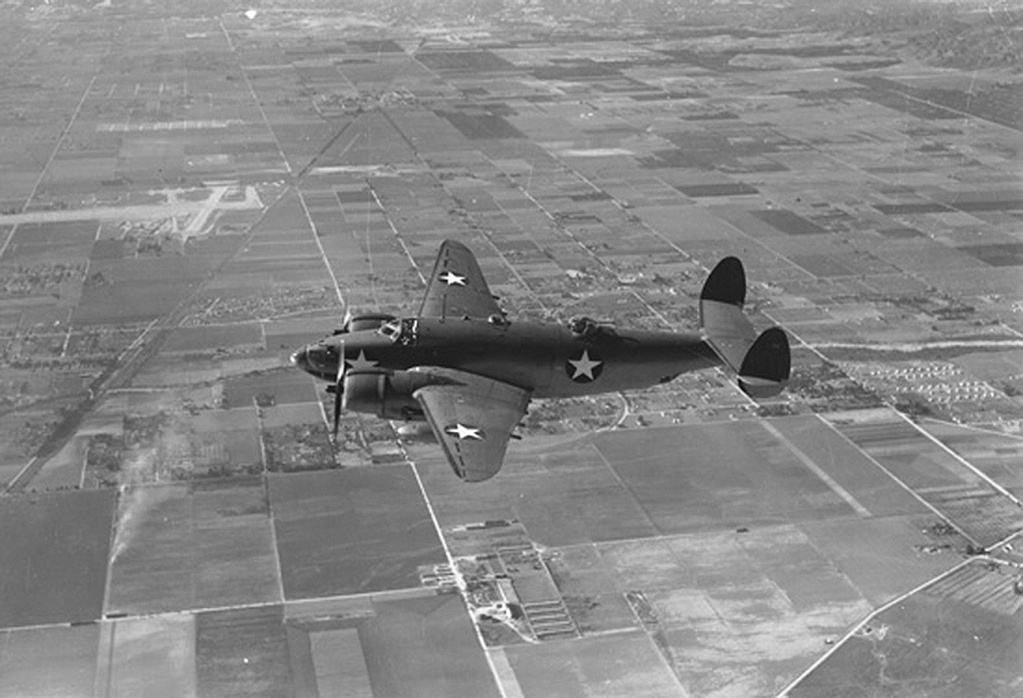
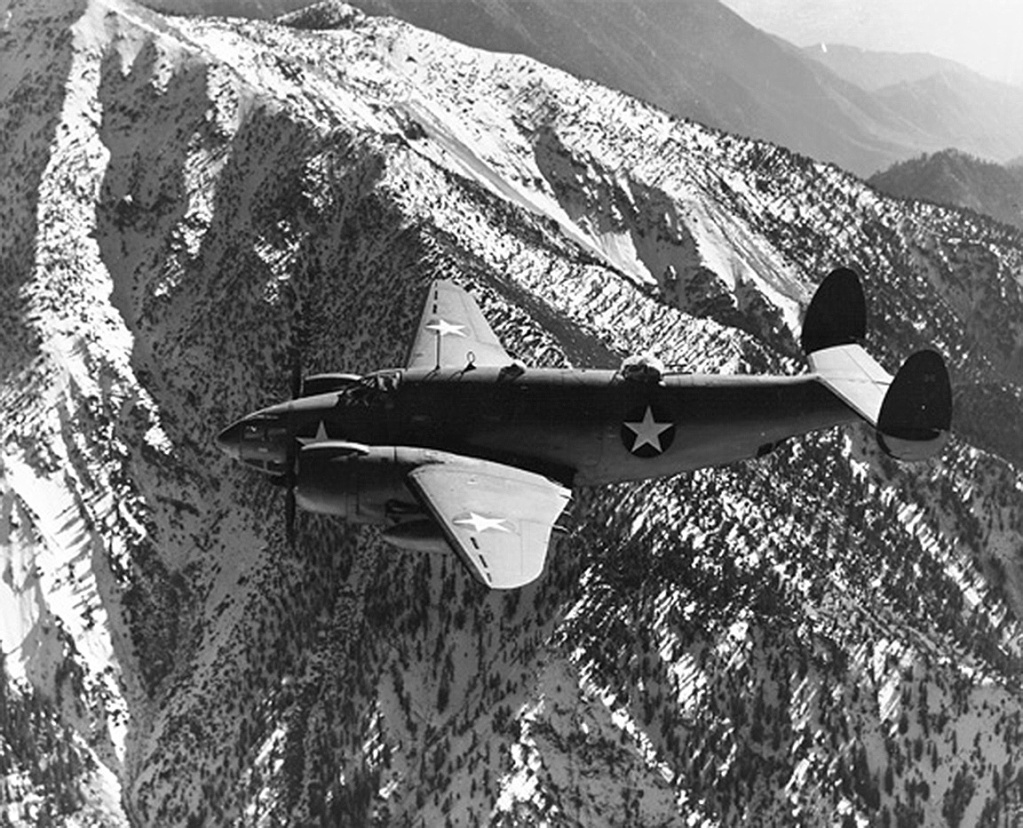
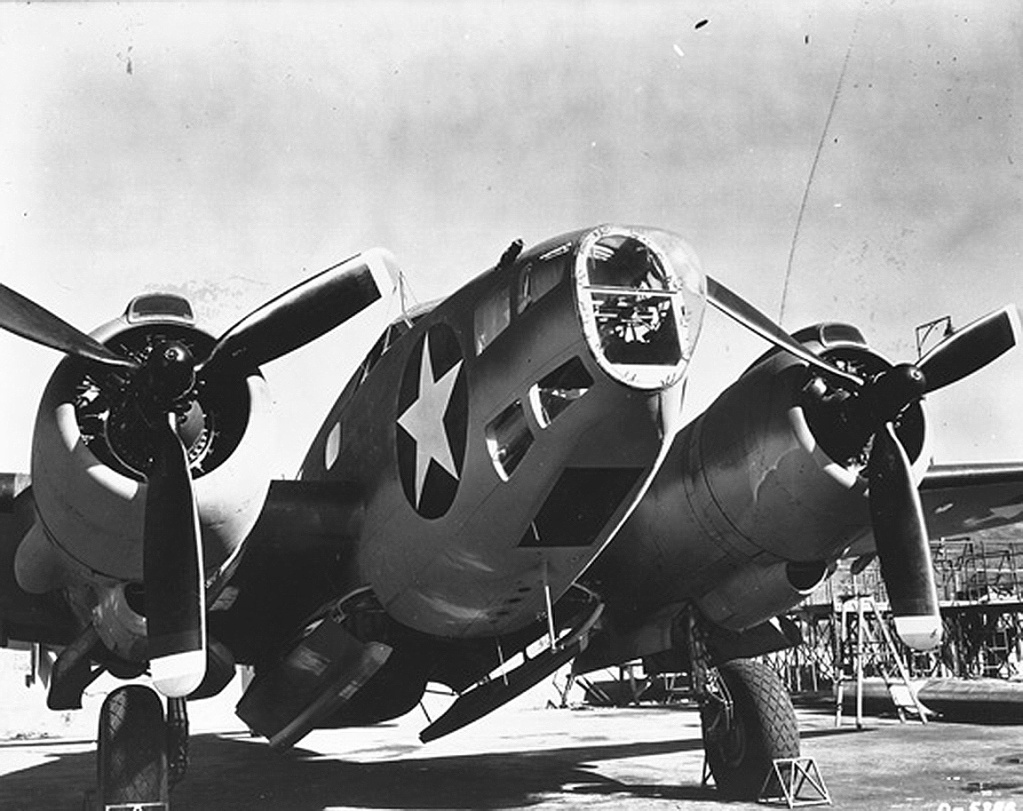

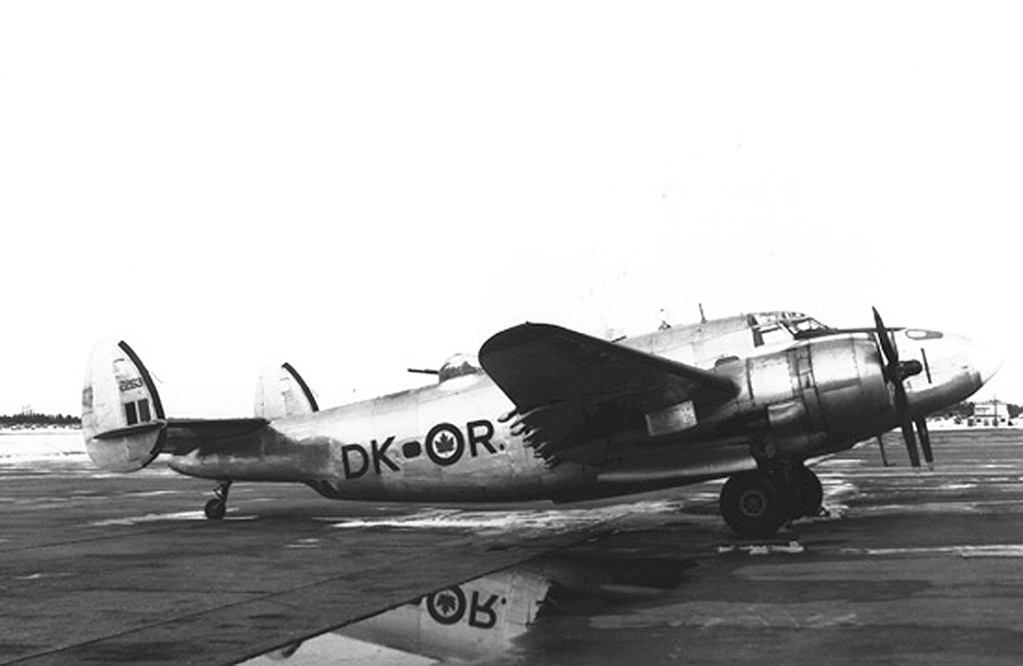
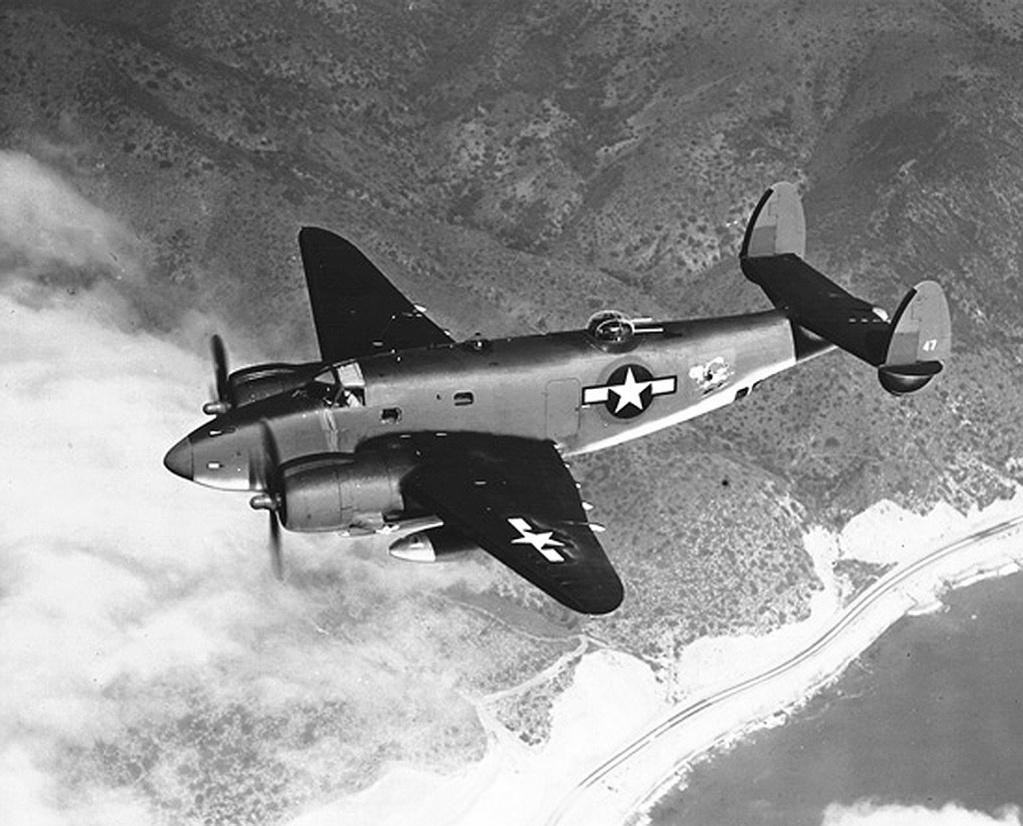
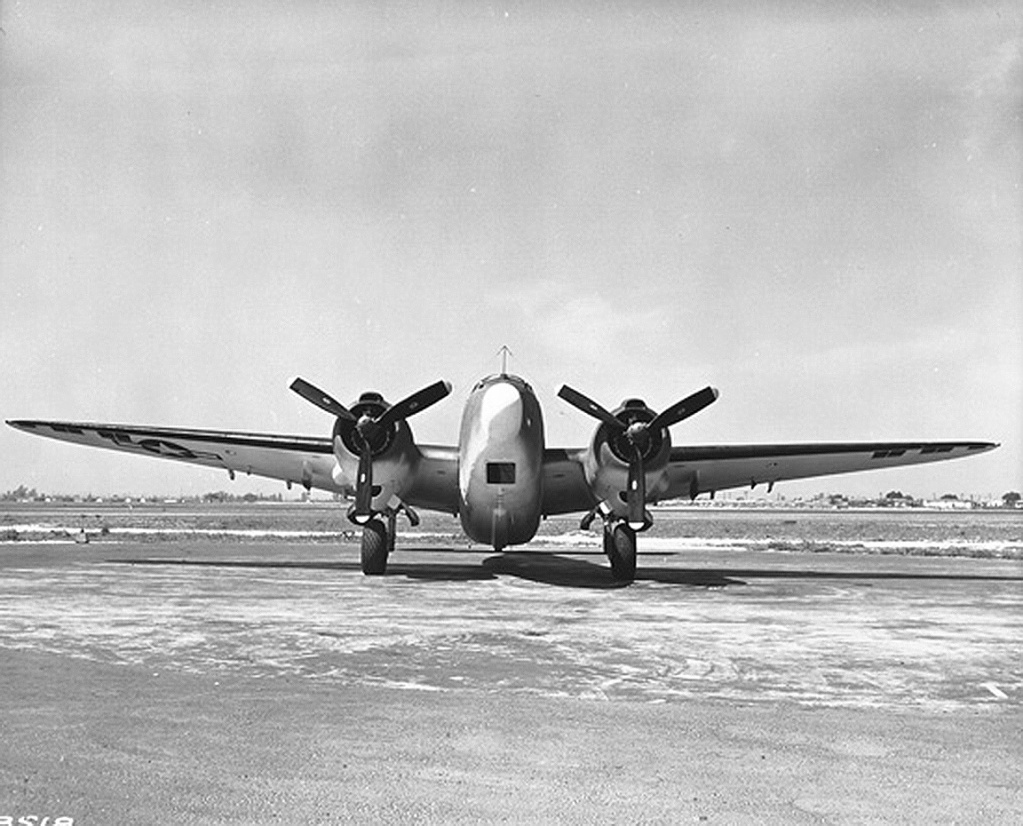
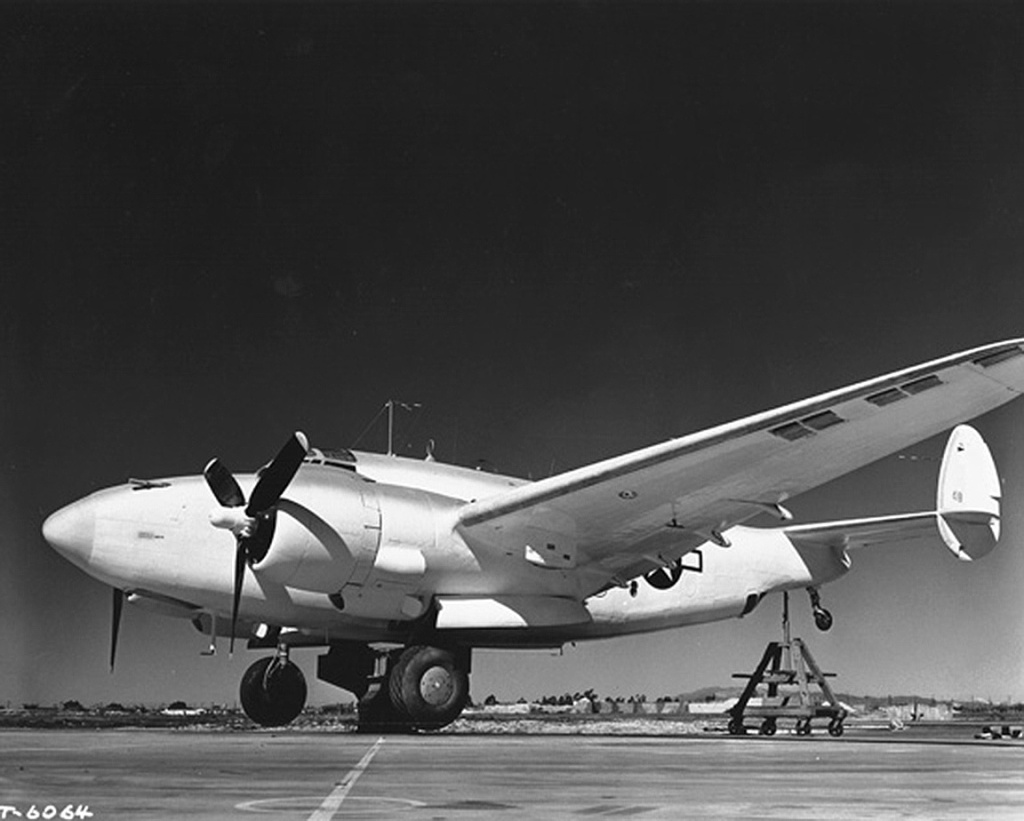

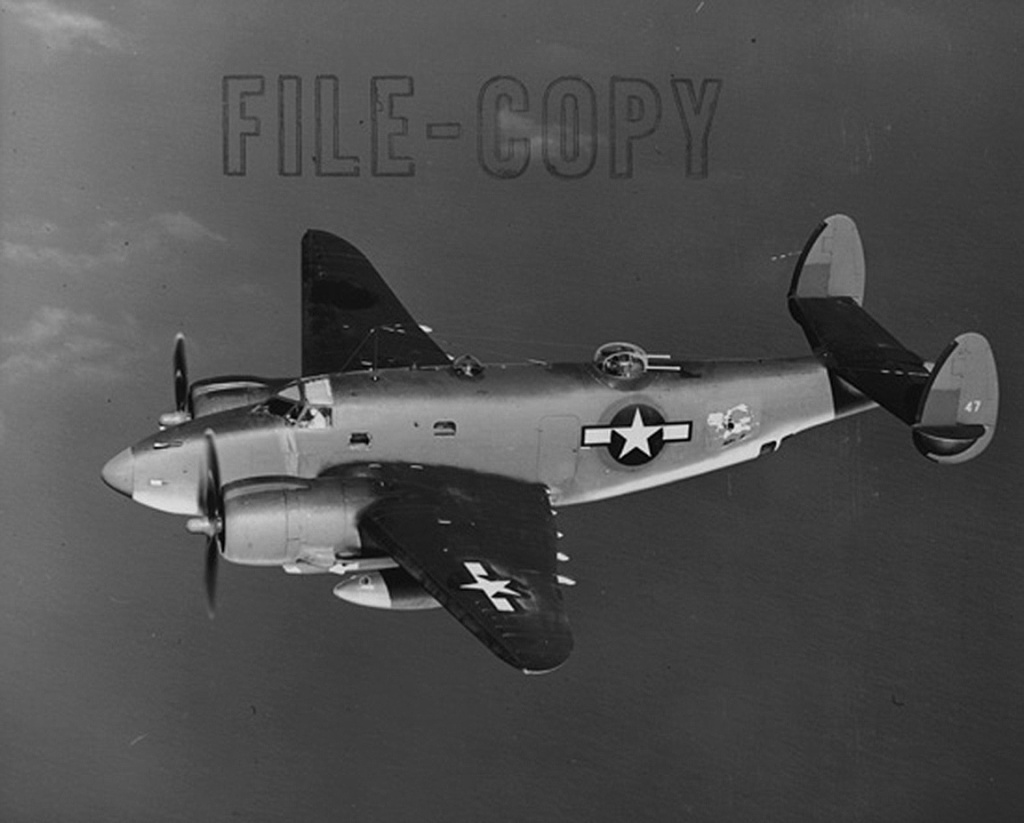
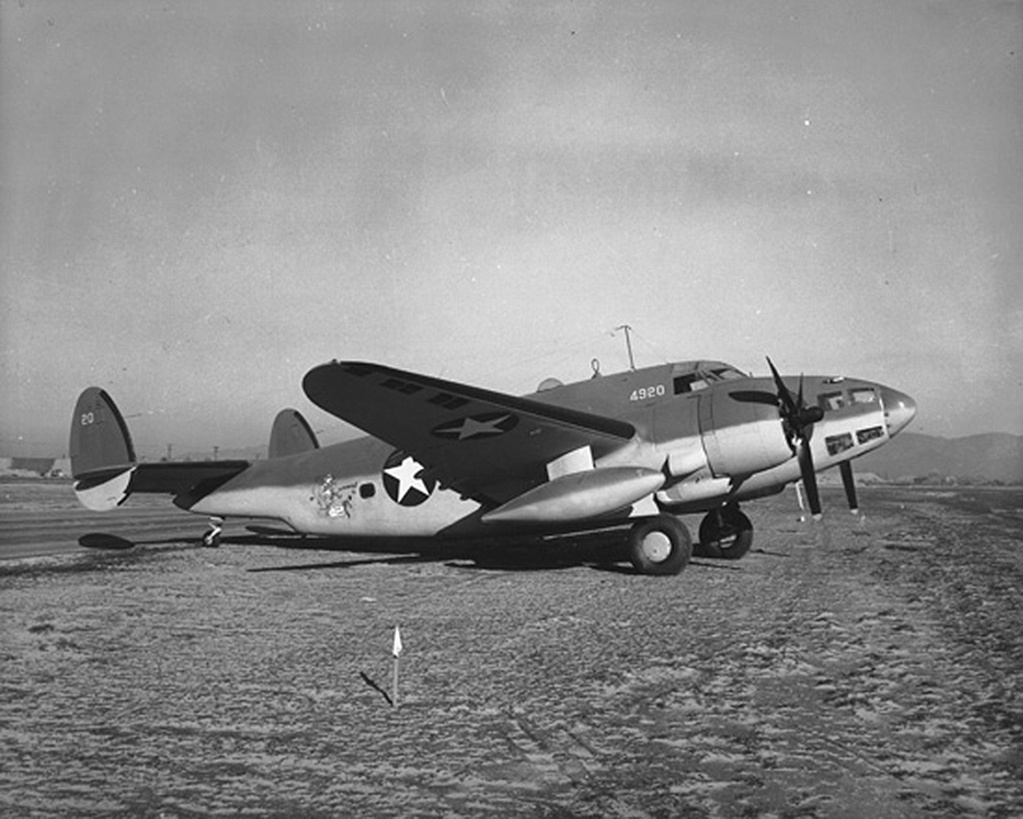
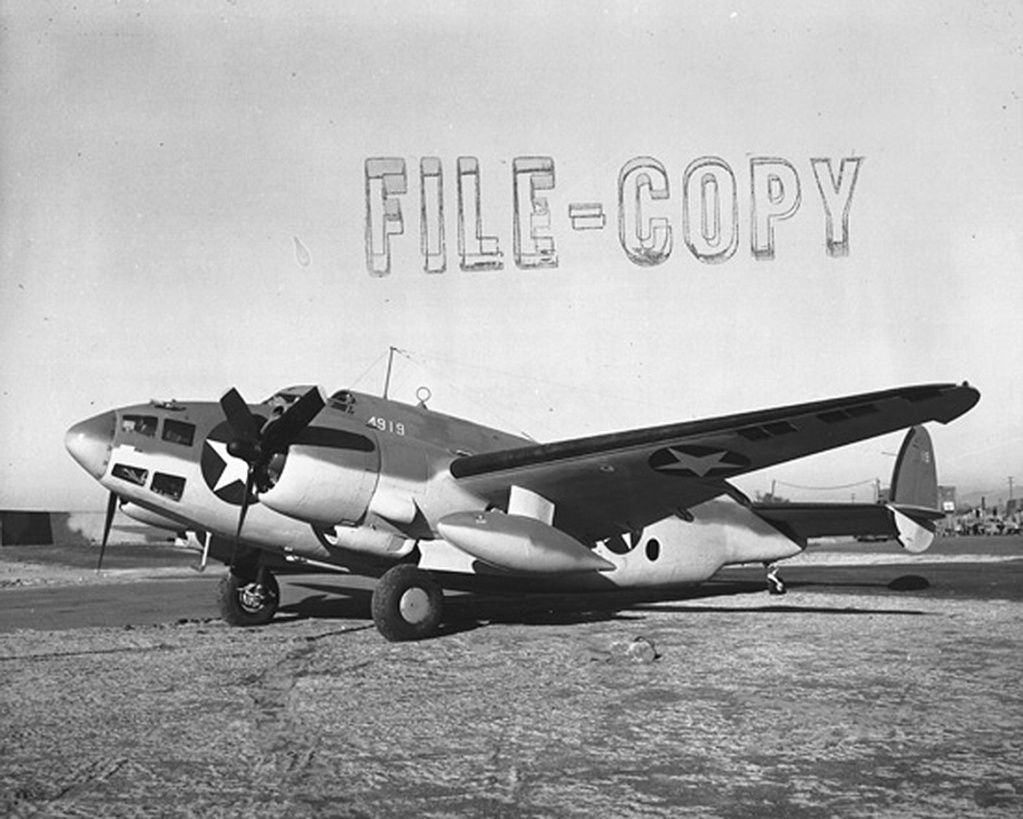
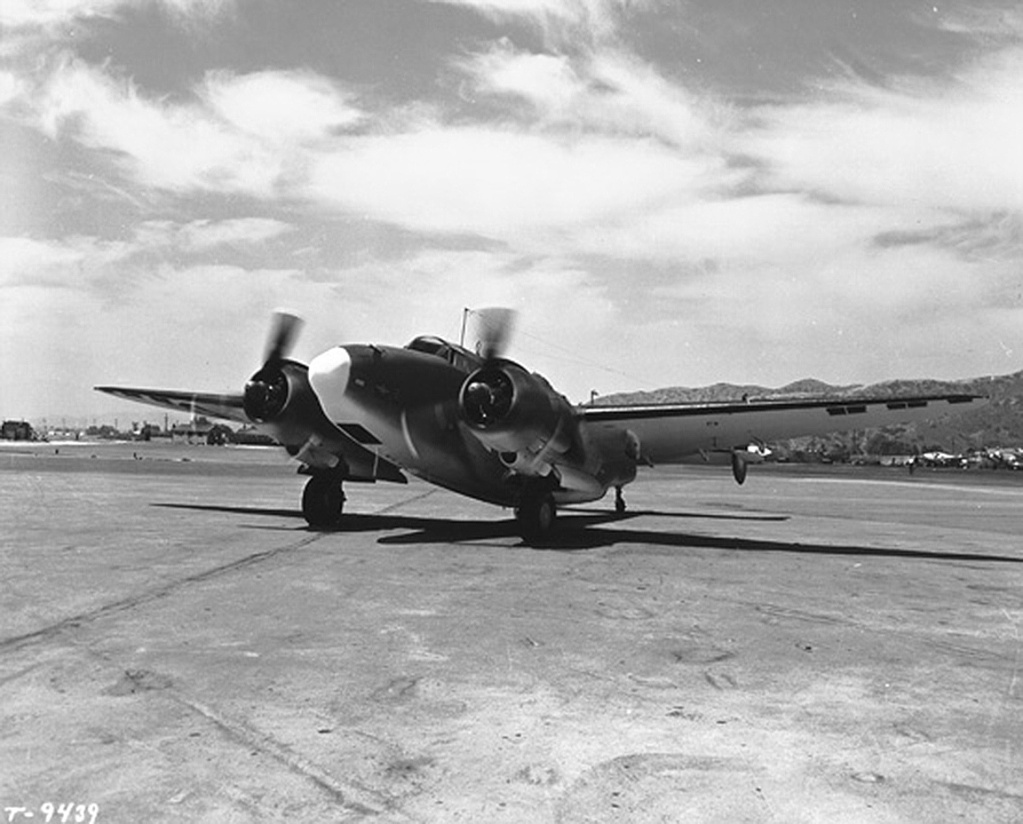
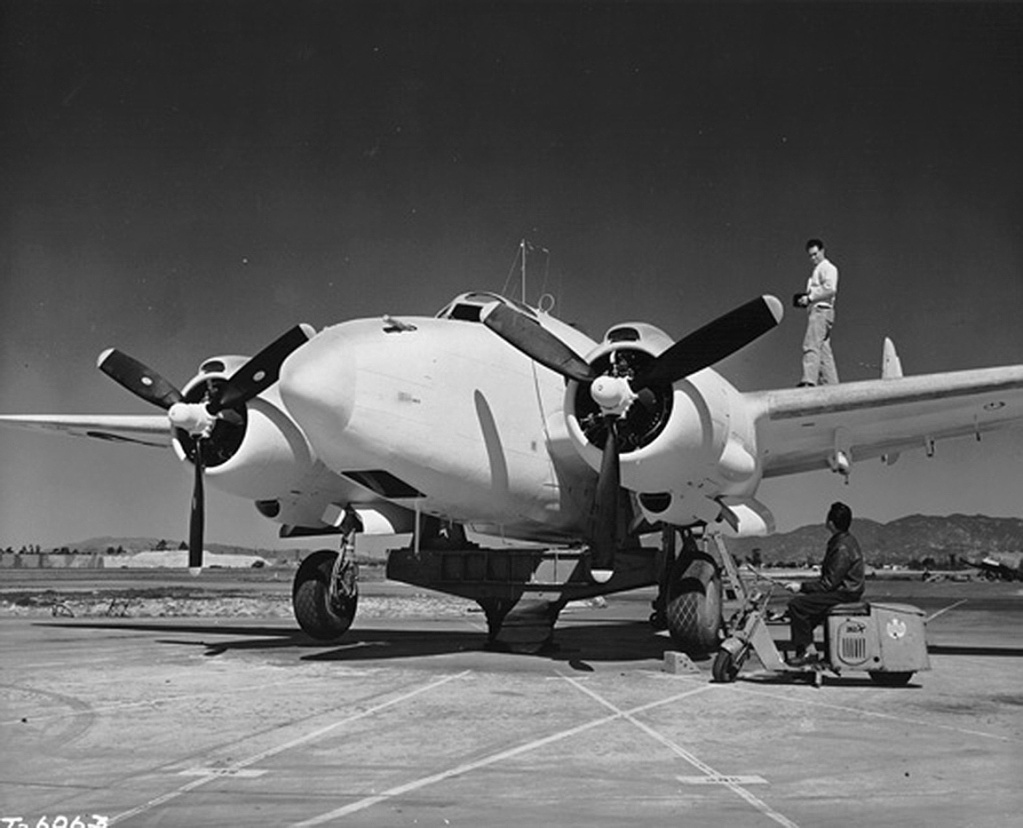

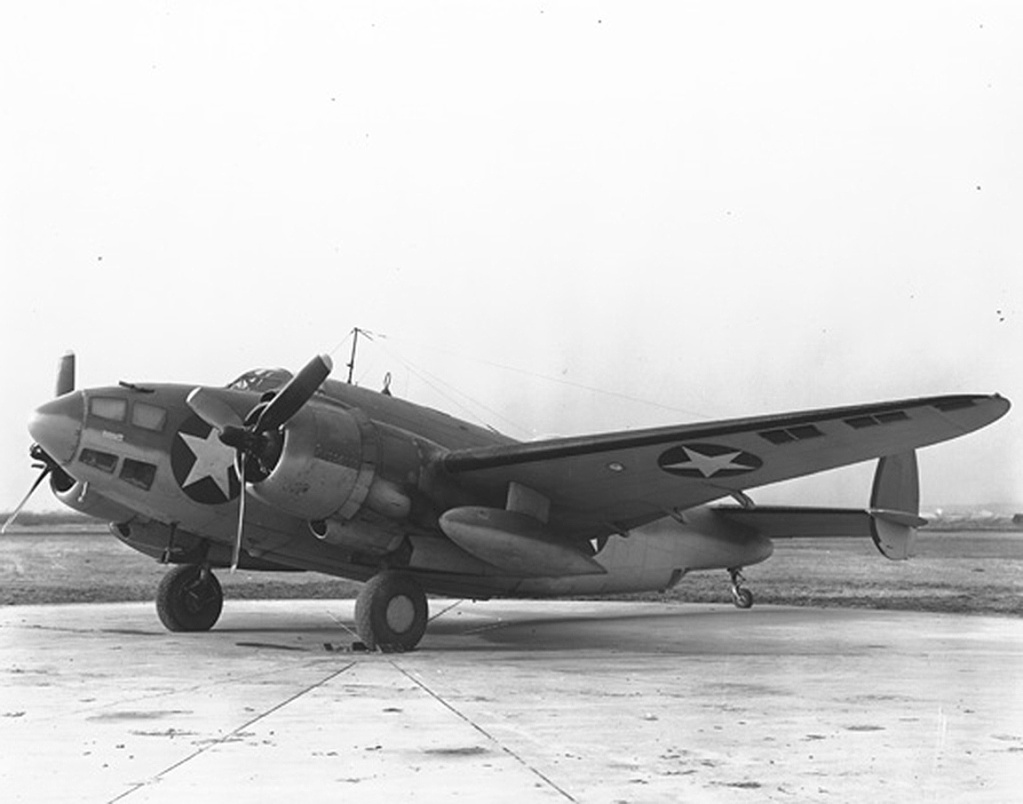
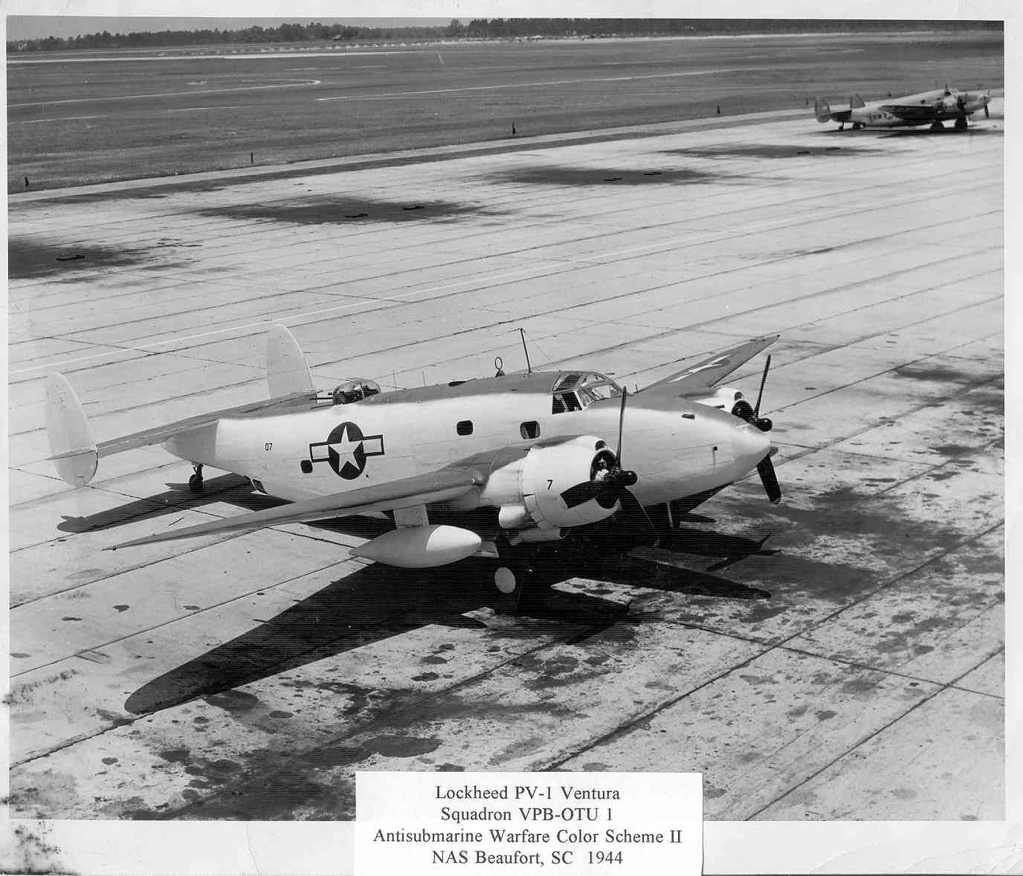
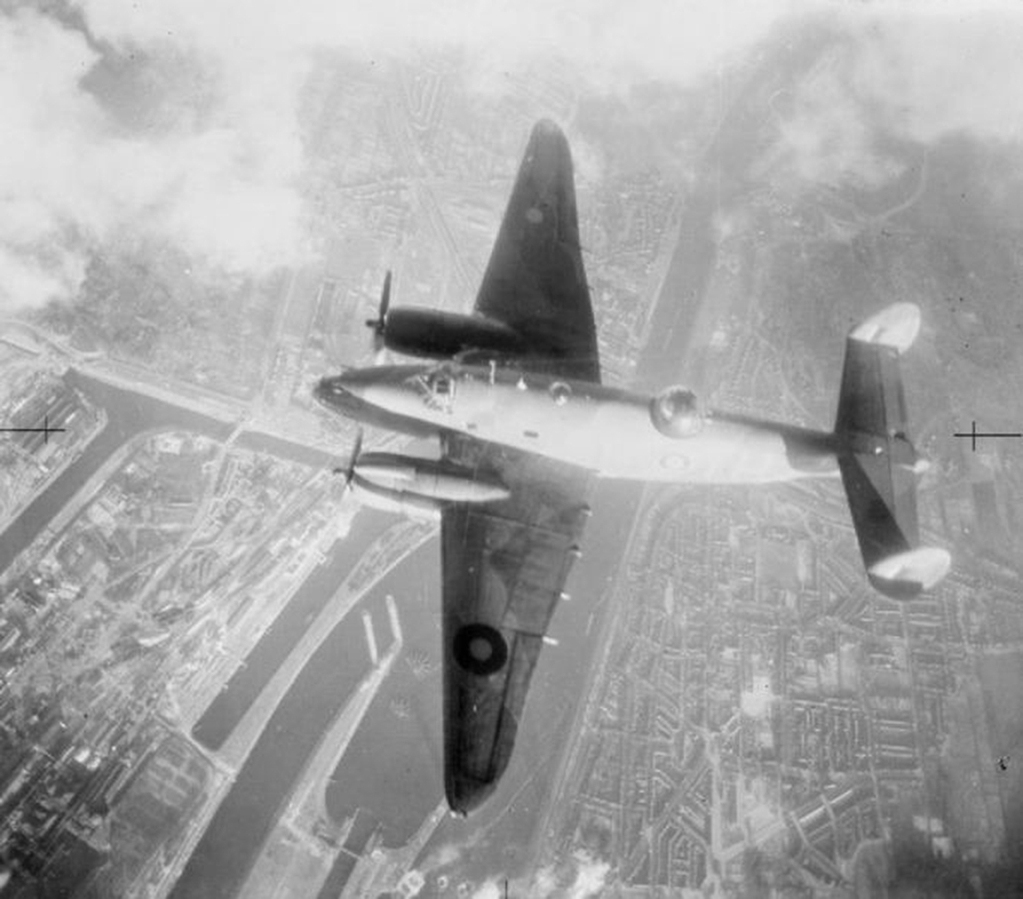
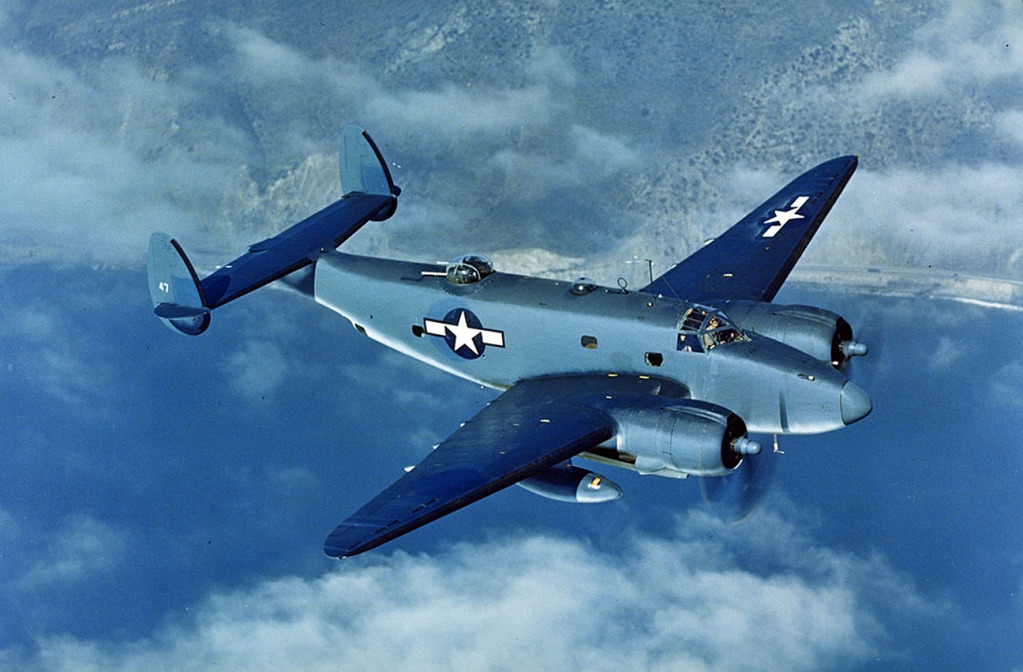

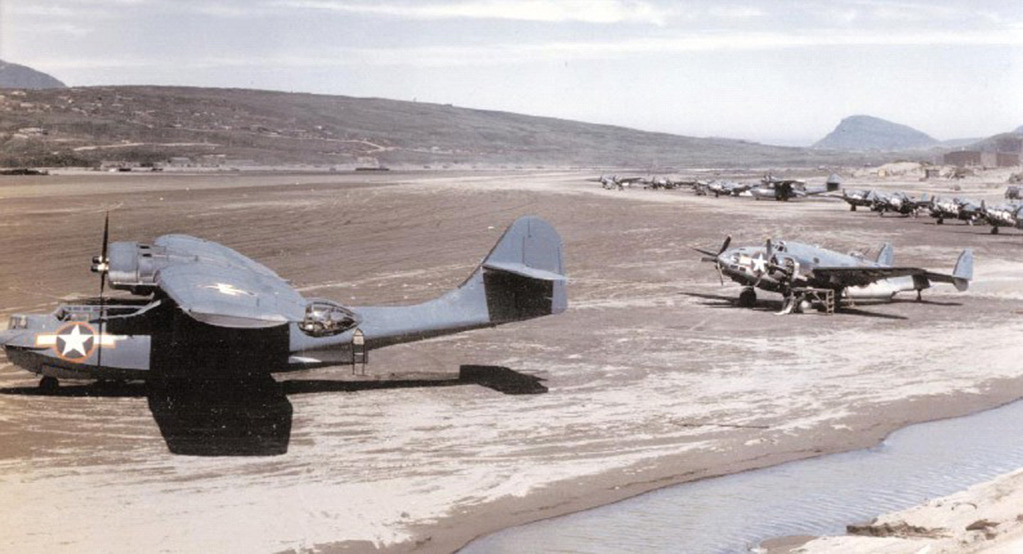
Per request, Lots of good stuff to know about these types I certainly didn't know before. Image source SDASM
Wiki source:
Lockheed Ventura/B-34 Lexington
The Ventura was very similar to its predecessor, the Lockheed Hudson. The primary difference was not in layout; rather, the Ventura was larger and heavier than the Hudson. The RAF ordered 188 Venturas in February 1940. They were delivered from mid-1942 onwards. Venturas were initially used for daylight raids on occupied Europe. They proved unsuited to this task, because (like many other bombers used by the RAF), they were too vulnerable without long-range fighter escorts. They were replaced in this role by the de Havilland Mosquito. The Venturas were gradually transferred to patrol duties with Coastal Command, 30 went to the RCAF and some to the SAAF.
The RAF placed a further order for 487 Ventura Mark IIs, but many of these were diverted to United States Army Air Forces service. The U.S. Army Air Forces placed its own order for 200 Ventura Mark IIA, which were put into service as the B-34 Lexington. Later redesignated RB-34.
Lockheed B-37
In August 1941, large orders for Venturas were placed with Lend-Lease Act money. Among the orders were for 550 armed reconnaissance versions of the Ventura. This aircraft was originally planned to be built under the designation O-56. The main differences between the Ventura and the O-56 were in the engines: rather than the 2,000 hp (1,491 kW) Pratt & Whitney R-2800 radials of the Ventura, the O-56 used 1,700 hp (1,270 kW) Wright R-2600-13 radials.
Before completion of the first O-56, the U.S. Army Air Forces dropped the "O-" category used to designate "observation" (reconnaissance) aircraft. The O-56 was redesignated the RB-34B (the R denoted 'restricted' meaning it was not to be used for combat). Before the first of these flew, the design was redesignated again as the B-37 with a higher powered version of the R-2600, later it also was designated the RB-37.
While 550 were ordered by the Army Air Forces, acquisition by the USAAF stopped after only 18 Venturas were accepted, when the Army Air Forces agreed to turn over exclusive use of the Ventura to the United States Navy.
PV-1 Ventura
The PV-1 Ventura, built by the Vega Aircraft Company division of Lockheed (hence the "V" Navy manufacturer's letter that later replaced the "O" for Lockheed), was a version of the Ventura built for the U.S. Navy (see Venturas in U.S. Navy service below). The main differences between the PV-1 and the B-34 were the inclusion of special equipment in the PV-1, adapting it to its patrol bombing role. The maximum fuel capacity of the PV-1 was increased from 1,345 gal (5,081 l) to 1,607 gal (6,082 l), to increase its range; the forward defensive armament was also reduced for this reason. The most important addition was of an ASD-1 search radar.
Early production PV-1s still carried a bombardier's station behind the nose radome, with four side windows and a flat bomb-aiming panel underneath the nose. Late production PV-1s dispensed with this bombardier position and replaced it with a pack with three 0.50 in (12.7 mm) machine guns underneath the nose. These aircraft could also carry eight 5 in (127 mm) HVAR rockets on launchers underneath the wings.
The PV-1 began to be delivered in December 1942, and entered service in February 1943. The first squadron in combat was VP-135, deployed in the Aleutian Islands in April 1943. They were operated by three other squadrons in this theatre. From the Aleutians, they flew strikes against bases in Paramushiro and Shimushu, Japanese islands in the Kurile chain. Often, PV-1s would lead B-24 bomber formations, since they were equipped with radar. In late 1943, some PV-1s were deployed to the Solomon Islands as night fighters with VMF(N)-531, a Marine Corps fighter squadron.
PV-2 Harpoon
The PV-2 Harpoon was a major redesign of the Ventura with the wing area increased from 551 ft² (51.2 m²) to 686 ft² (63.7 m²) giving an increased load-carrying capability. The motivation for redesign was weaknesses in the PV-1, since it had shown to have poor-quality takeoffs when carrying a full load of fuel. On the PV-2, the armament became standardized at five forward-firing machine guns. Many early PV-1s had a bombardier's position, which was deleted in the PV-2. Some other significant developments included the increase of the bombload by 30% to 4,000 lb (1,800 kg), and the ability to carry eight 5-inch (127 mm) HVAR rockets under the wings.
While the PV-2 was expected to have increased range and better takeoff, the anticipated speed statistics were projected lower than those of the PV-1, due to the use of the same engines but an increase in weight. The Navy ordered 500 examples, designating them with the popular name Harpoon.
Early tests indicated a tendency for the wings to wrinkle dangerously. As this problem could not be solved by a 6 ft (1.8 m) reduction in wingspan (making the wing uniformly flexible), a complete redesign of the wing was necessitated. This hurdle delayed entry of the PV-2 into service. The PV-2s already delivered were used for training purposes under the designation PV-2C. By the end of 1944, only 69 PV-2s had been delivered. They finally resumed when the redesign was complete. The first aircraft shipped were the PV-2D, which had eight forward-firing machine guns and was used in ground attacks. When World War II ended, all of the order was cancelled.
With the wing problems fixed, the PV-2 proved reliable, and eventually popular. It was first used in the Aleutians by VP-139, one of the squadrons that originally used the PV-1. It was used by a number of countries after the war’s end, but the United States ceased ordering new PV-2s, and they were all soon retired from service.
Civil conversions
Ex-military PV-1 Venturas from Canada and South Africa were converted by Howard Aero in San Antonio, Texas in the 1950s and 1960s as high-speed executive transports. The earliest conversions, called Super Venturas, incorporated a 48 in (122 cm) fuselage stretch, extra fuel tankage, large picture windows, luxury interiors, and weapons bays transformed into baggage compartments. The landing gear was swapped for the heavier-duty units from the PV-2. Later versions, built in the 1960s, were called Howard 350s.[1] At least fifteen PV-2s were further modified, including cabin pressurization under the designation Howard 500. A final PV-1 modification by Howard was the Eldorado 700, with longer wings, a pointed nose, and streamlined engine cowlings.
Part 1 PV-1's




























Last edited by Mark Allen M on Sat Jan 12, 2013 6:03 pm, edited 2 times in total.
Re: PV-1's / PV-2's ...
Fri Jan 11, 2013 11:17 am
Part 2 PV-2's (mostly)
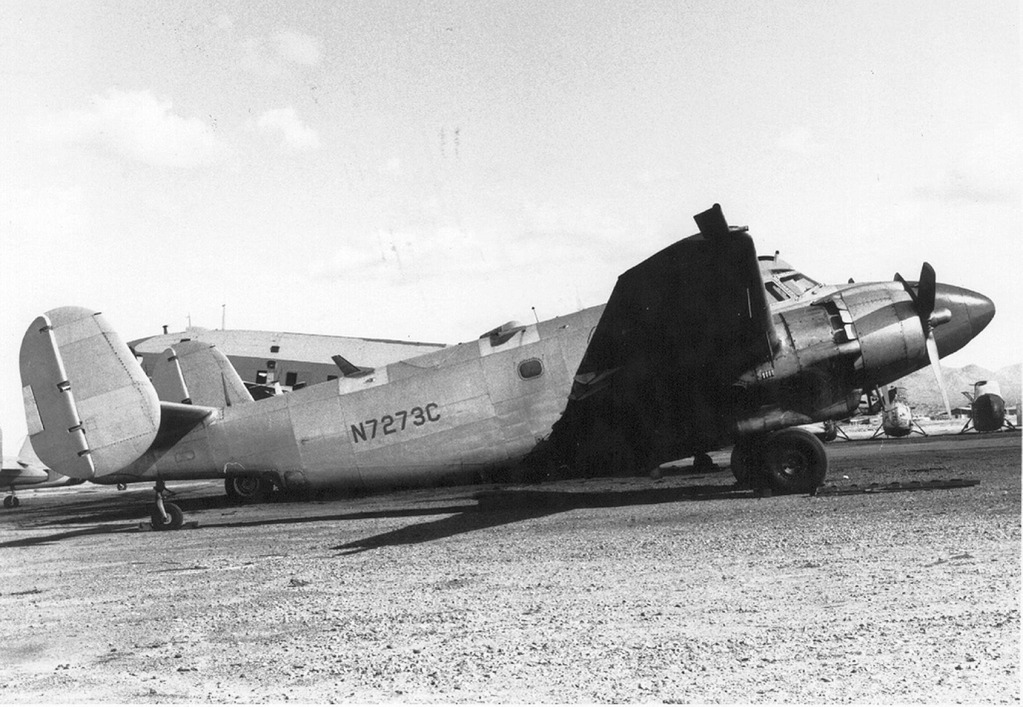
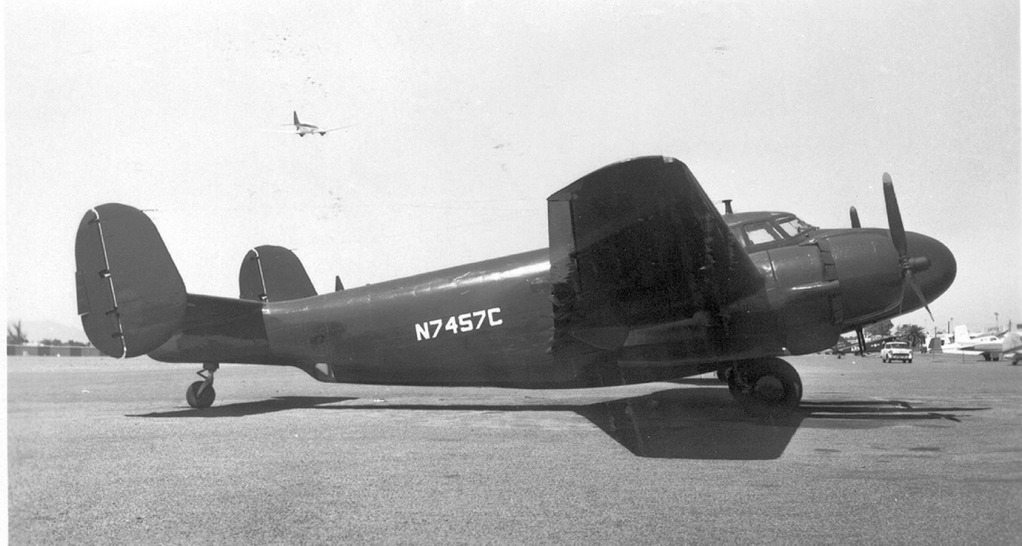
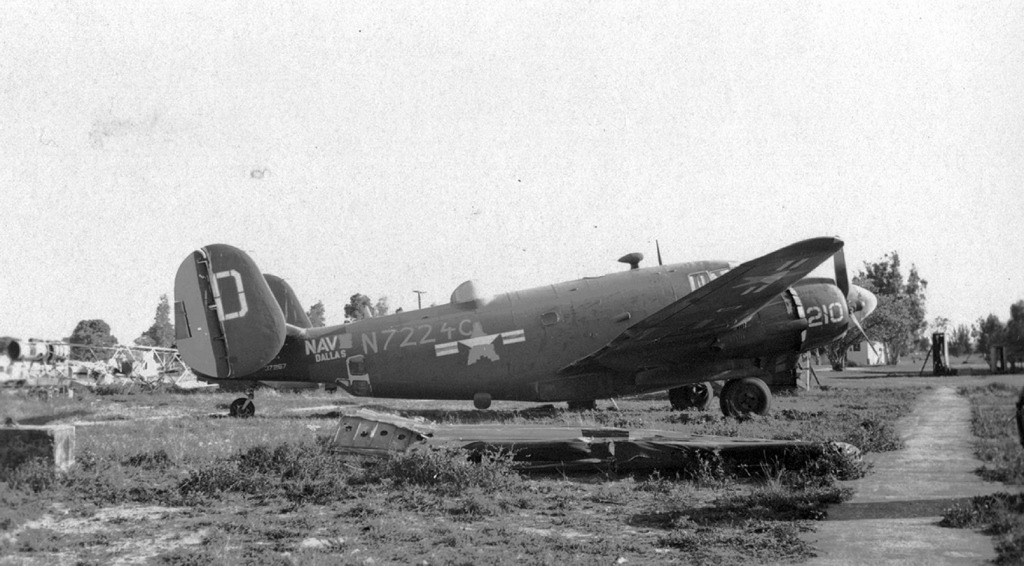
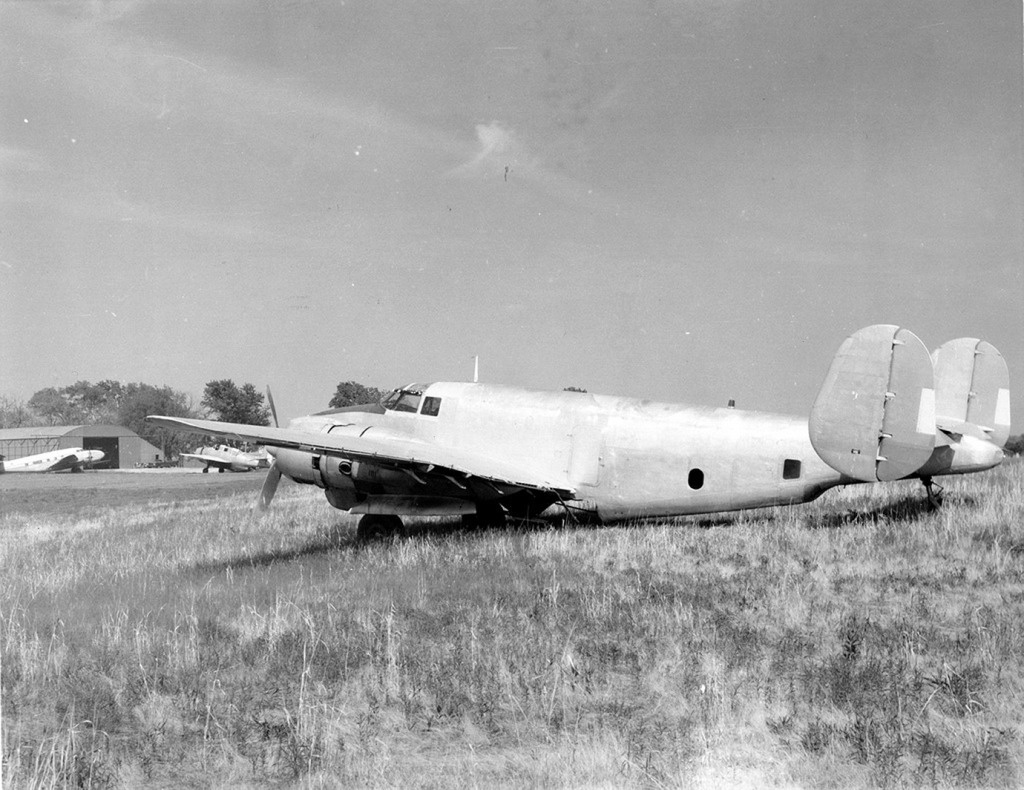
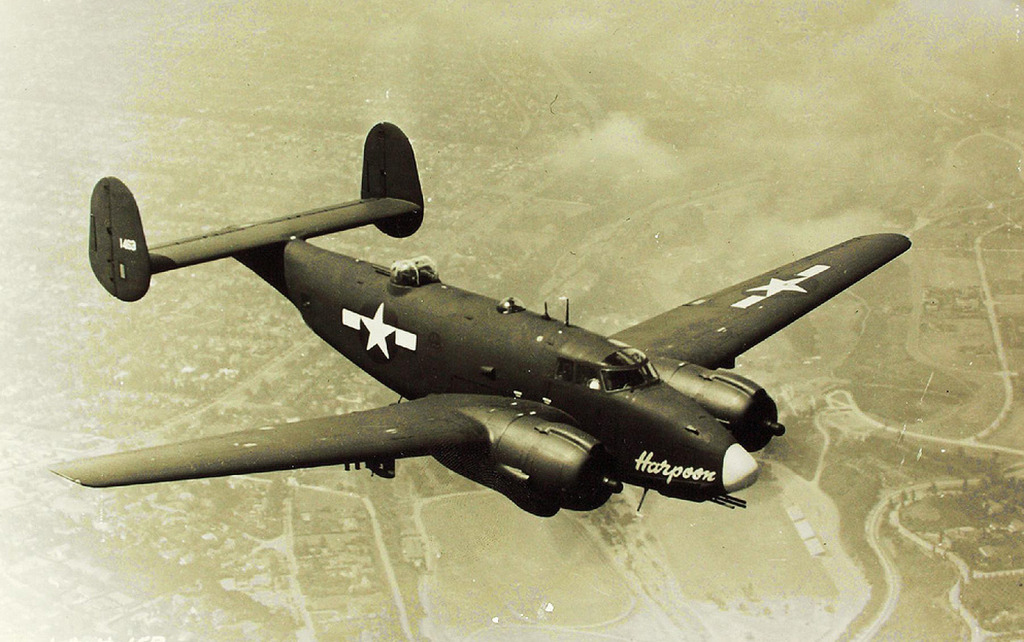
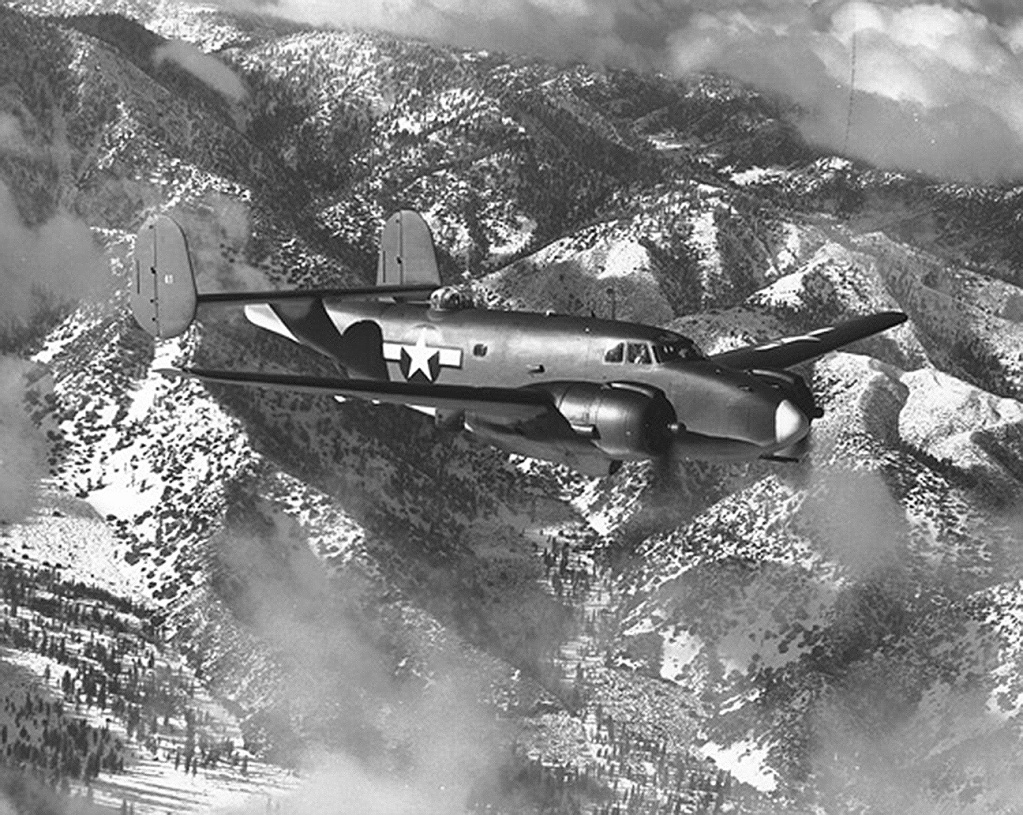

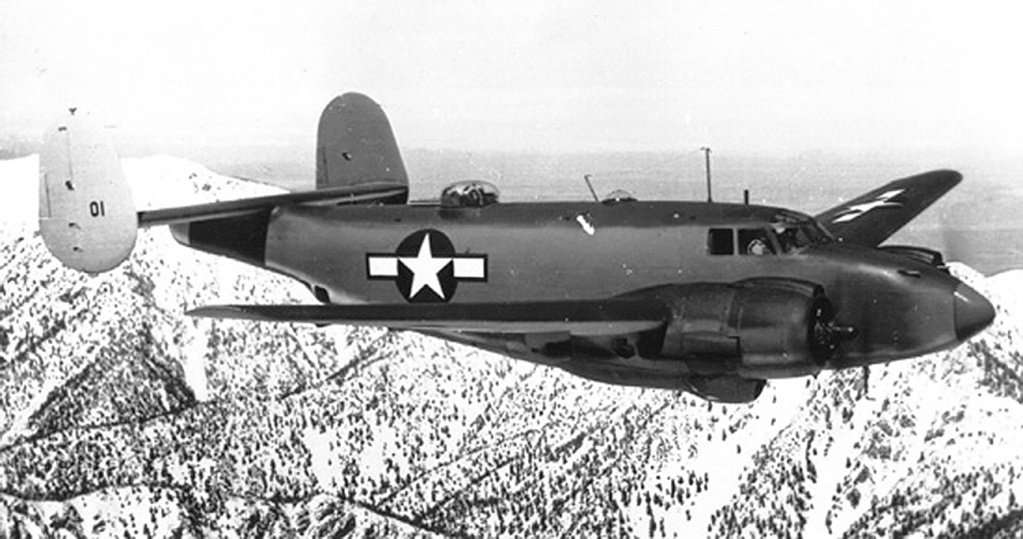
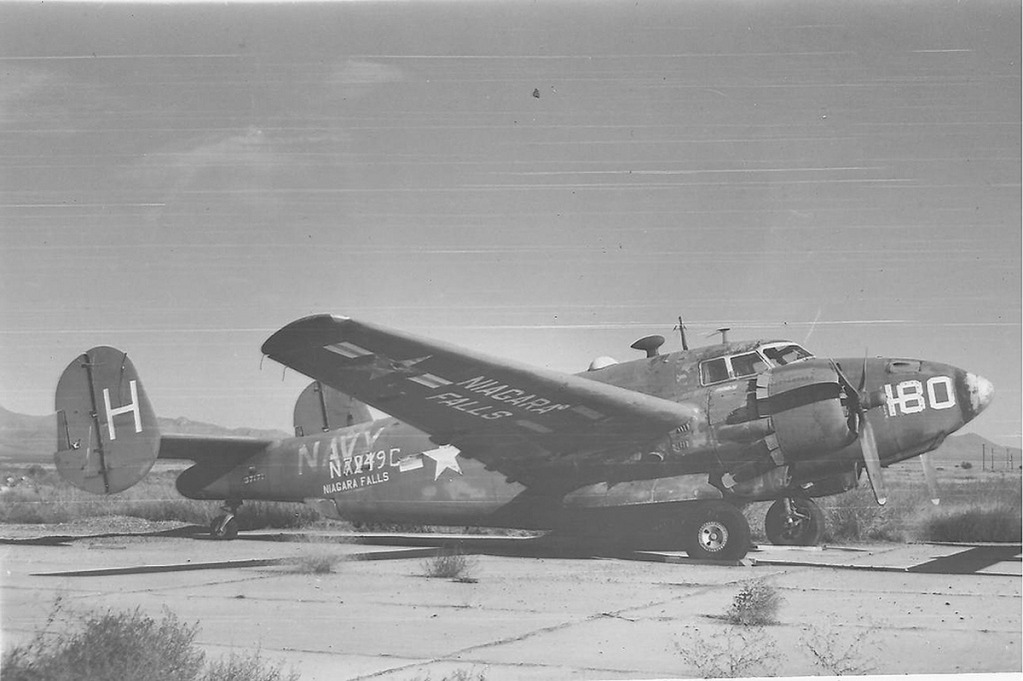
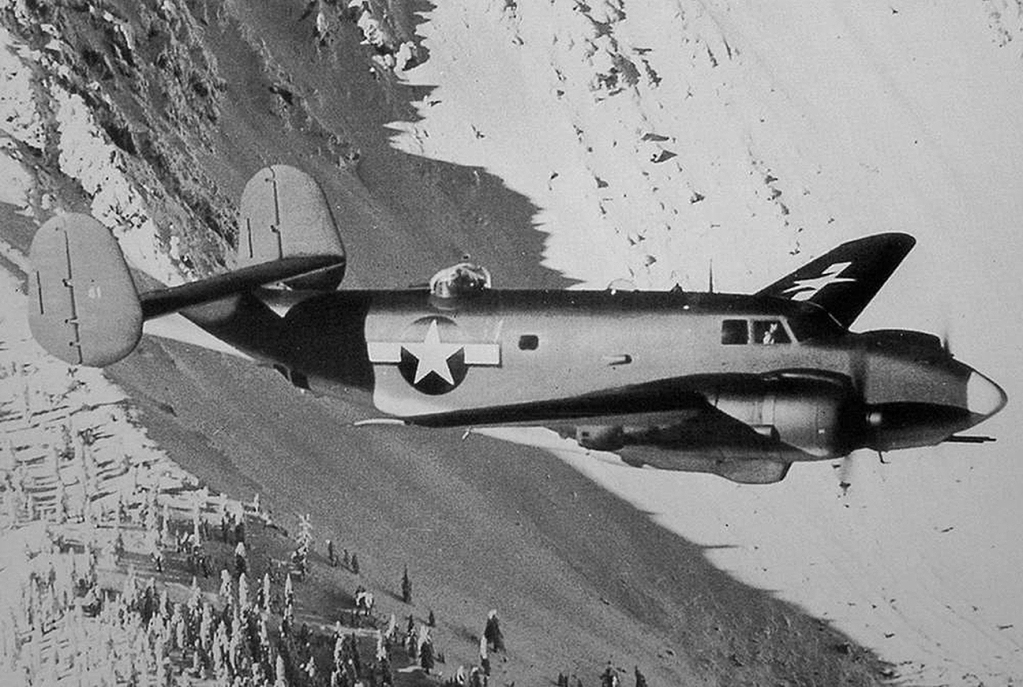

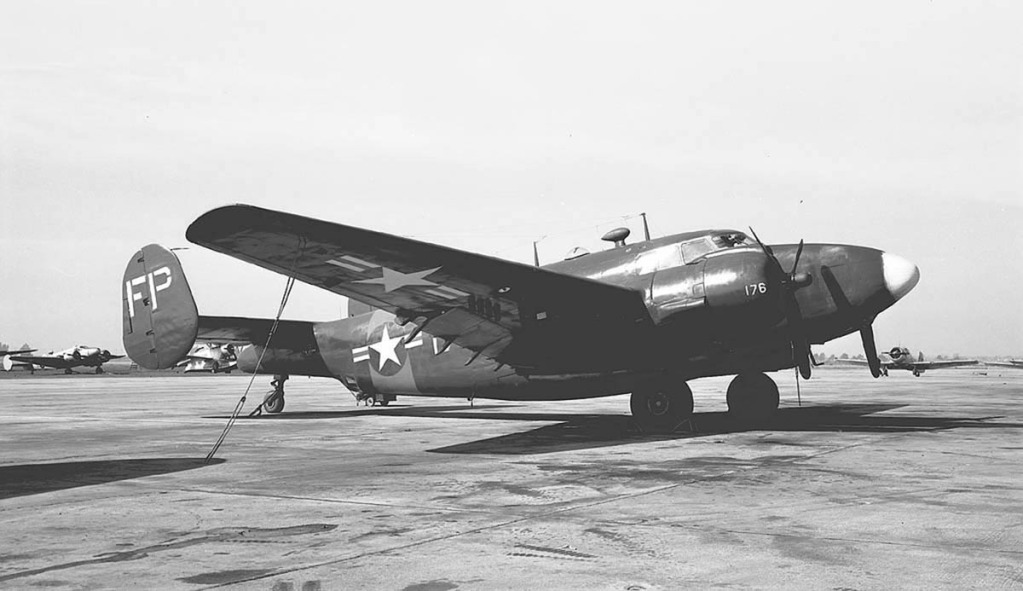
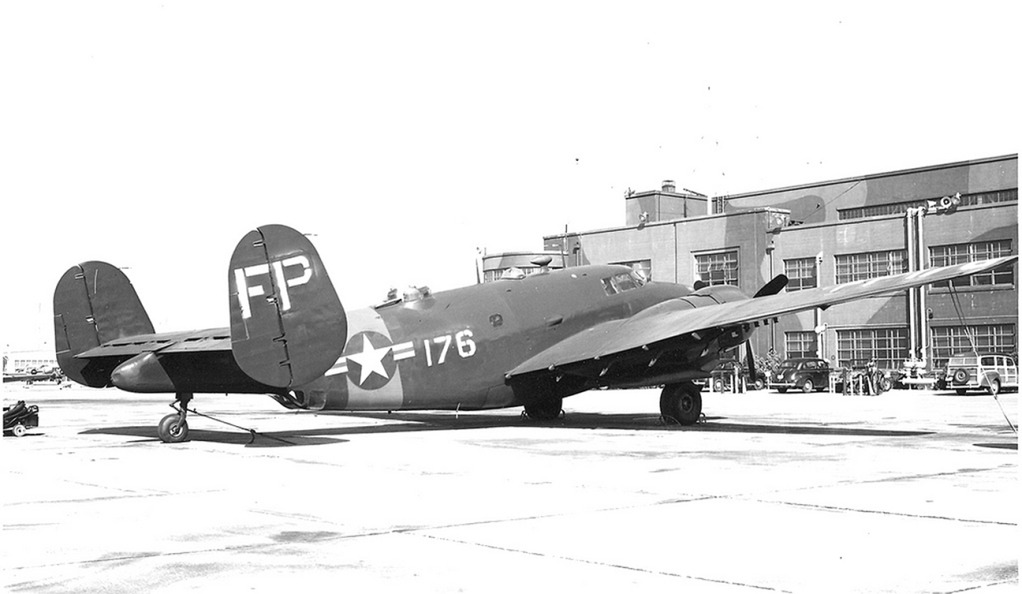













Re: PV-1's / PV-2's ...
Fri Jan 11, 2013 11:21 am
Part 3
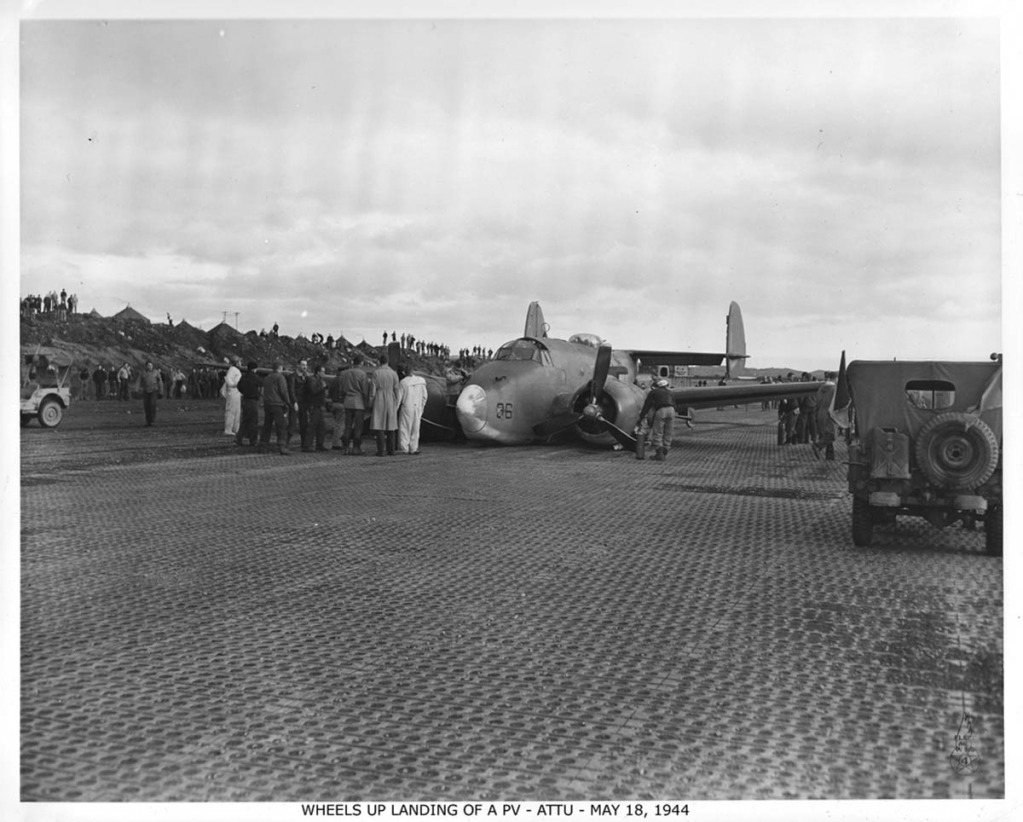
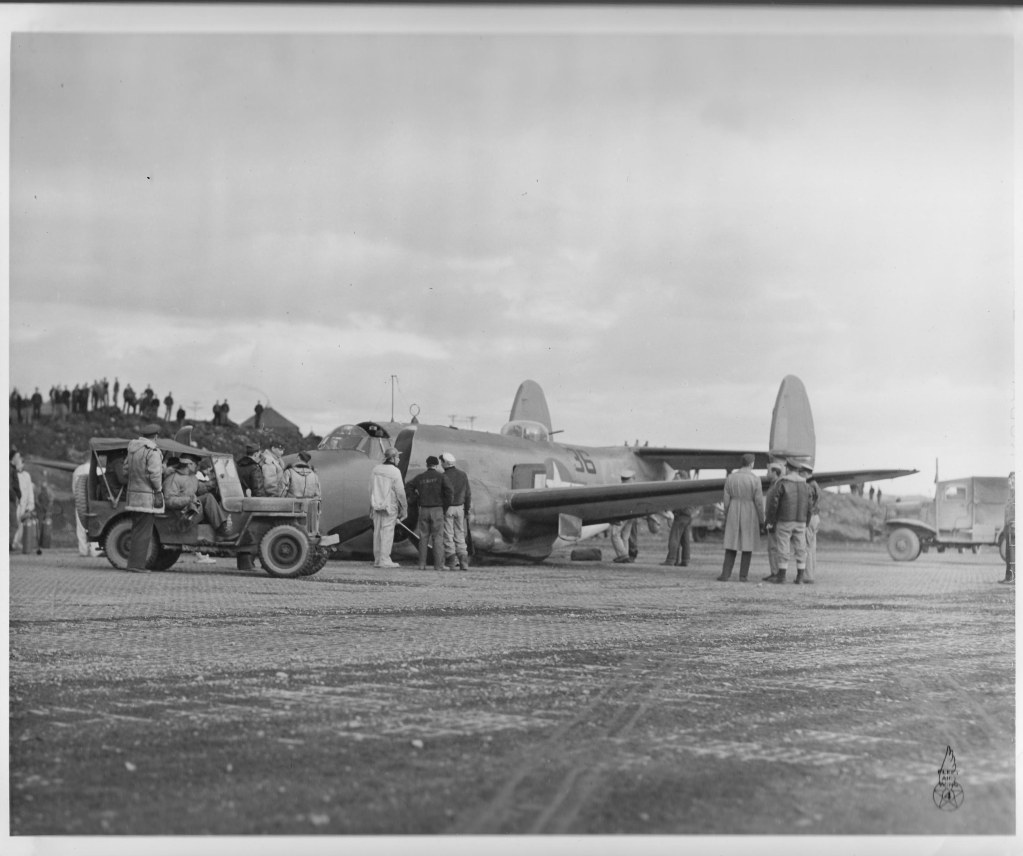
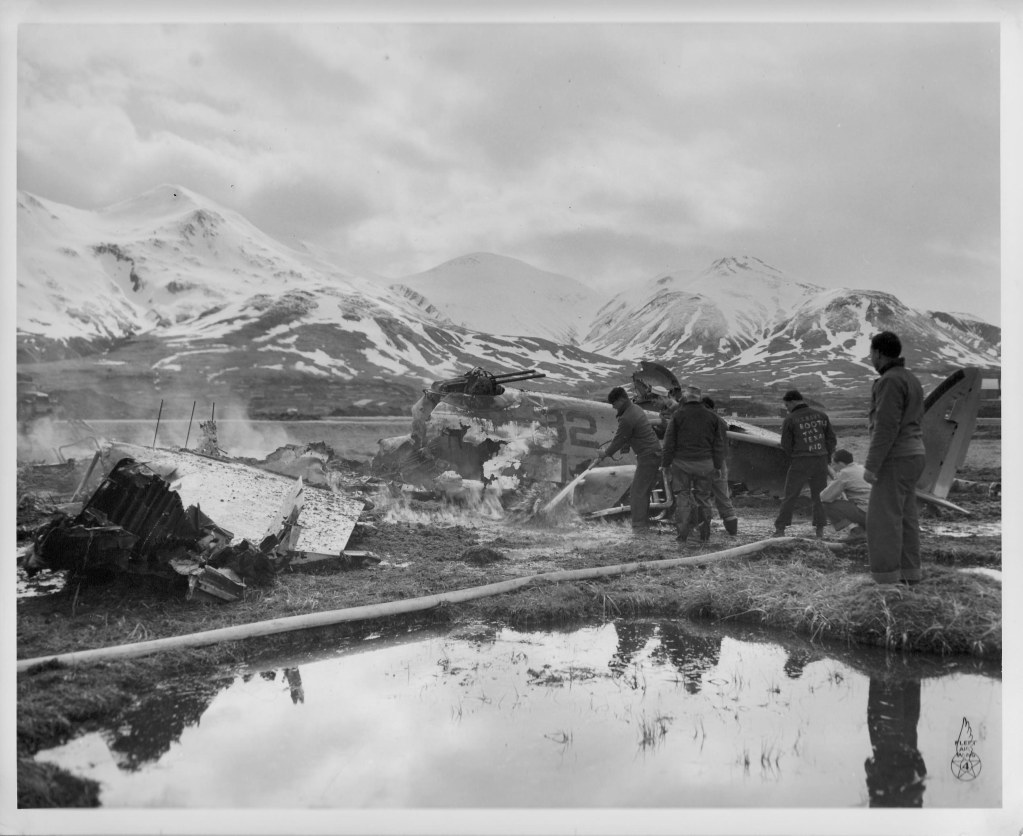
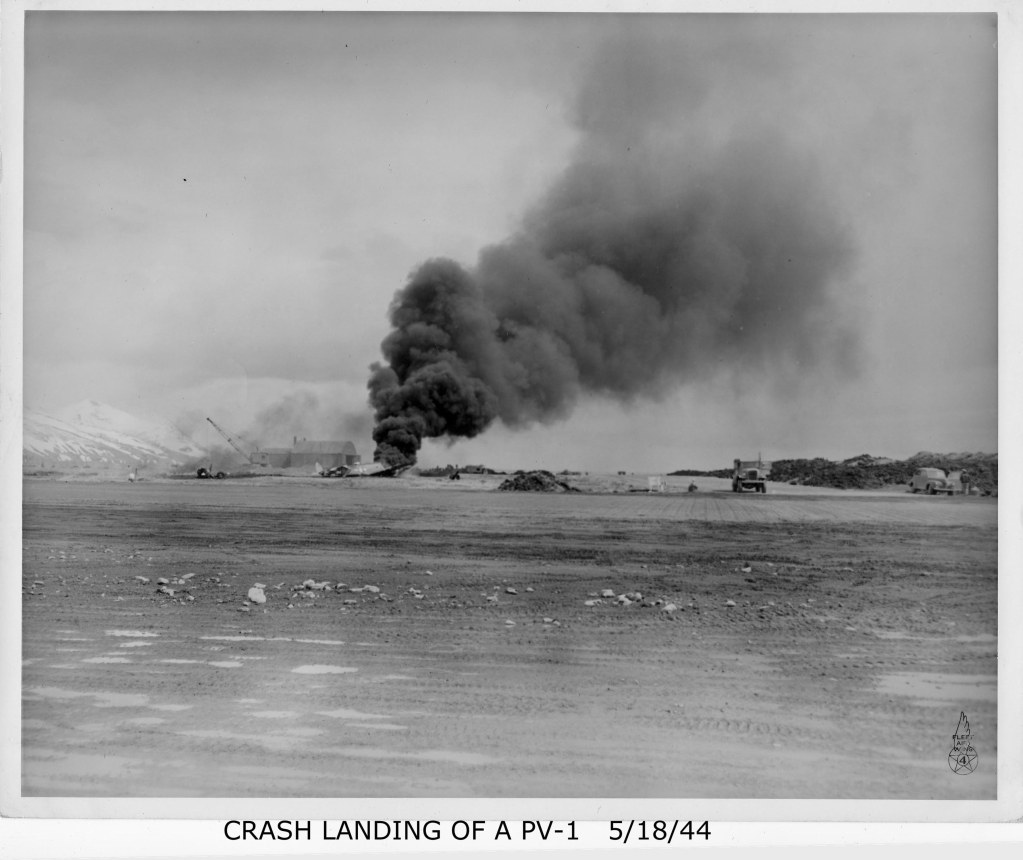
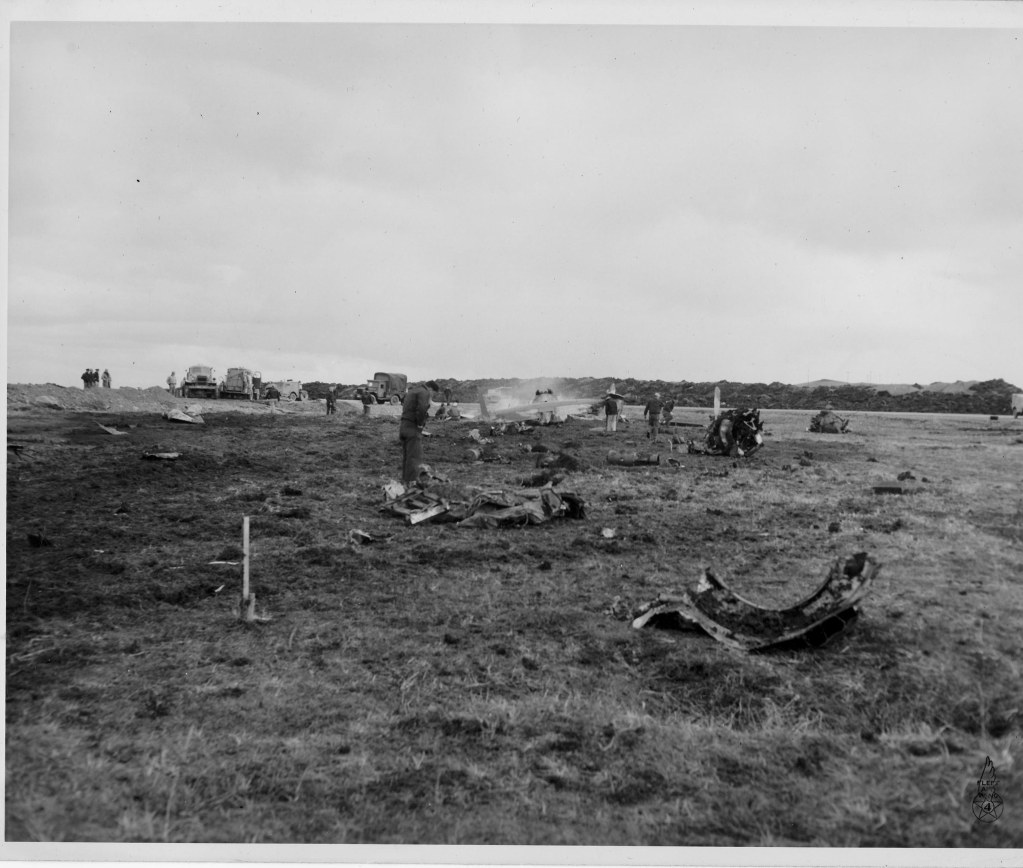
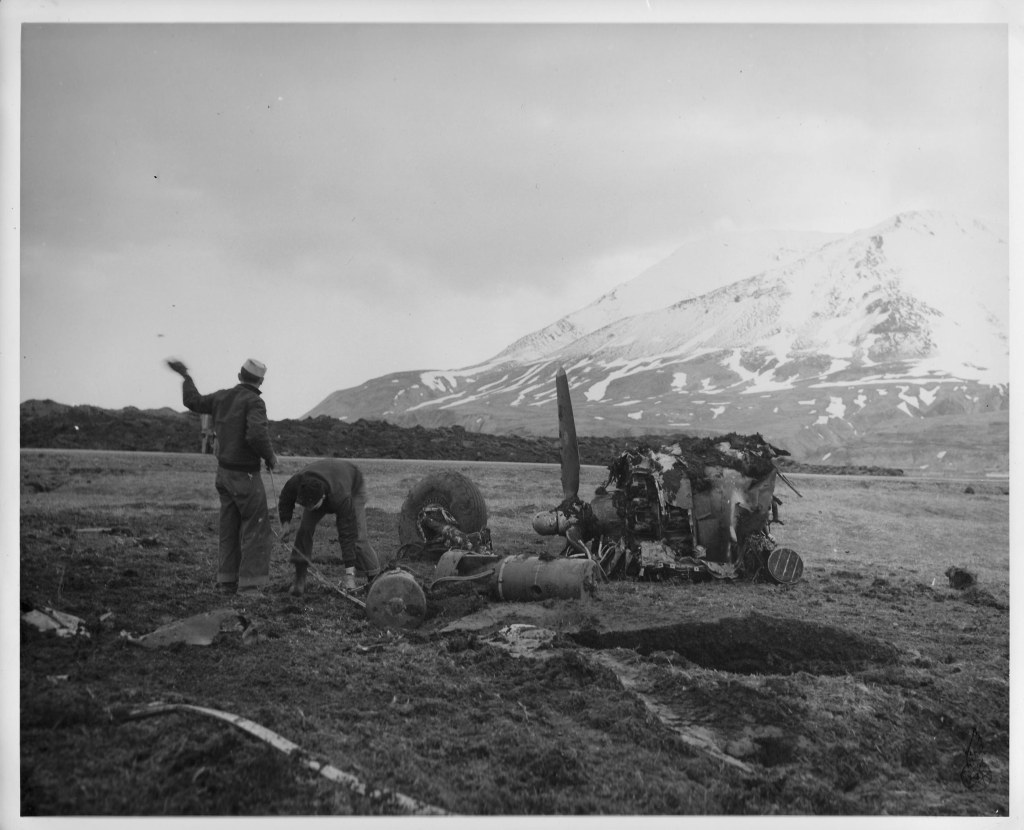
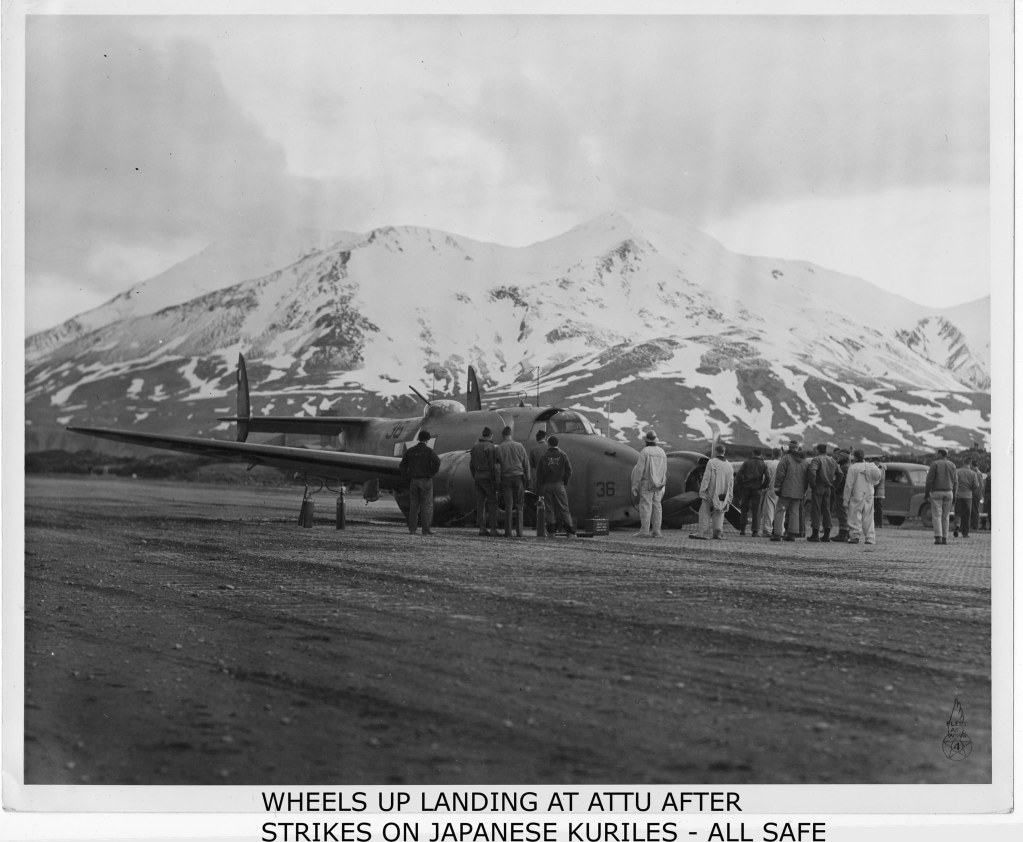
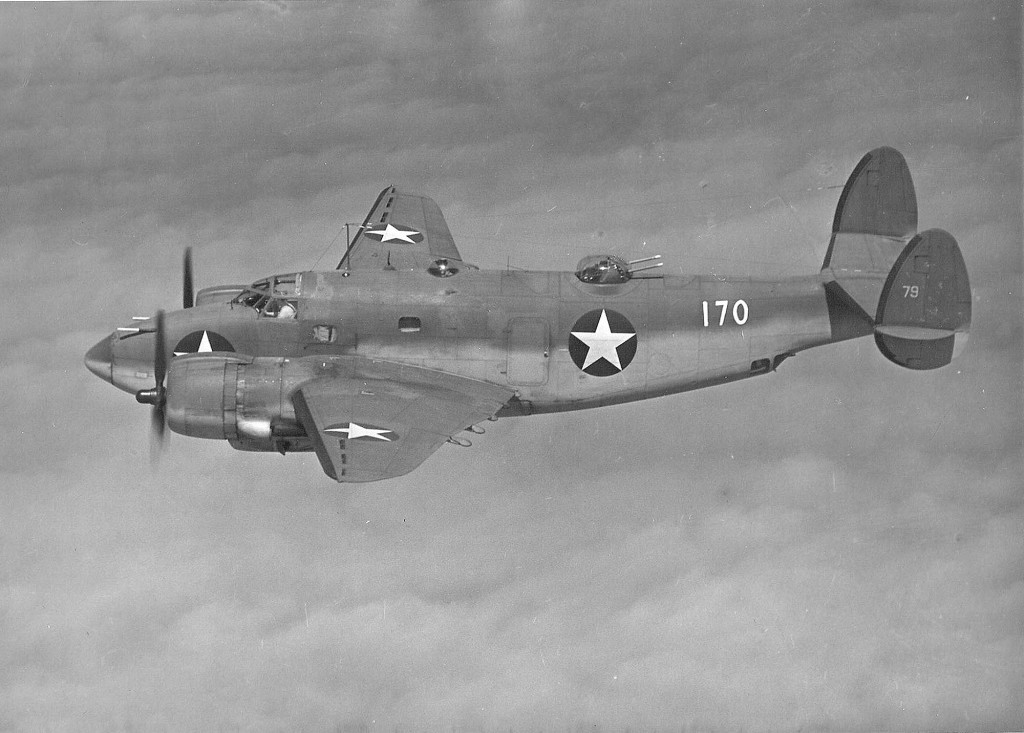
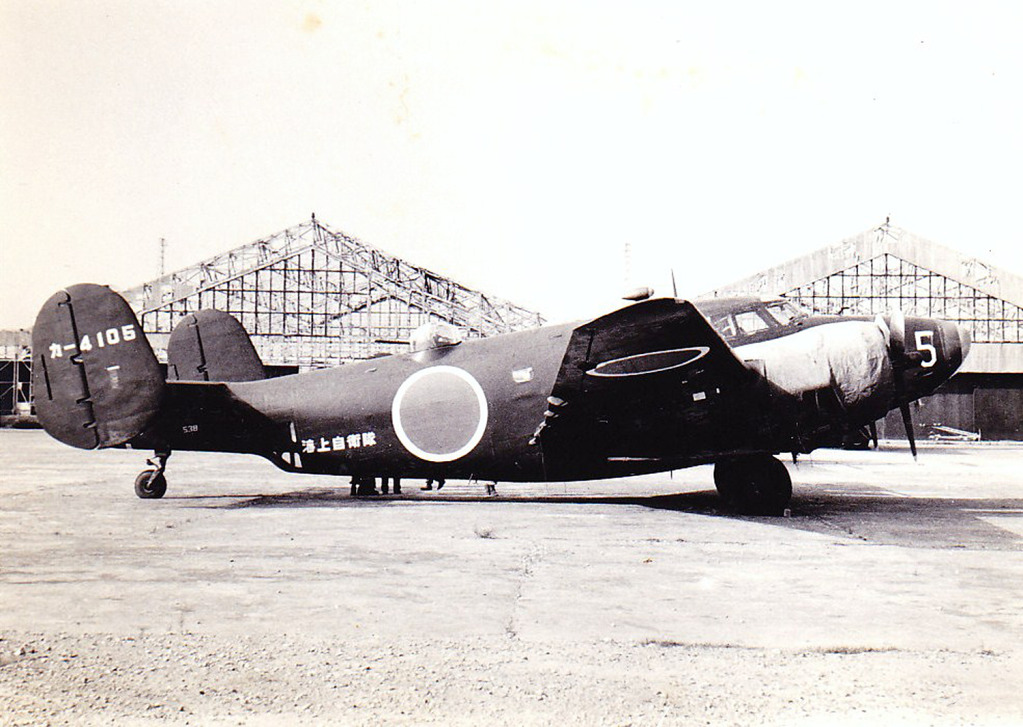
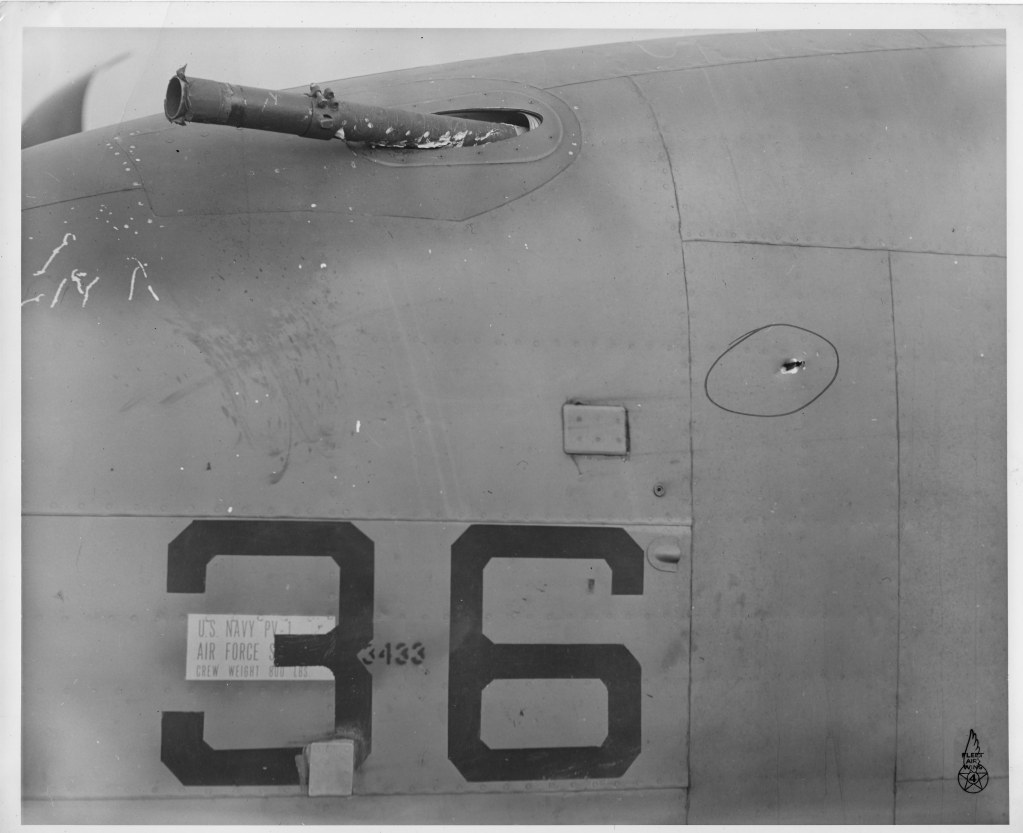
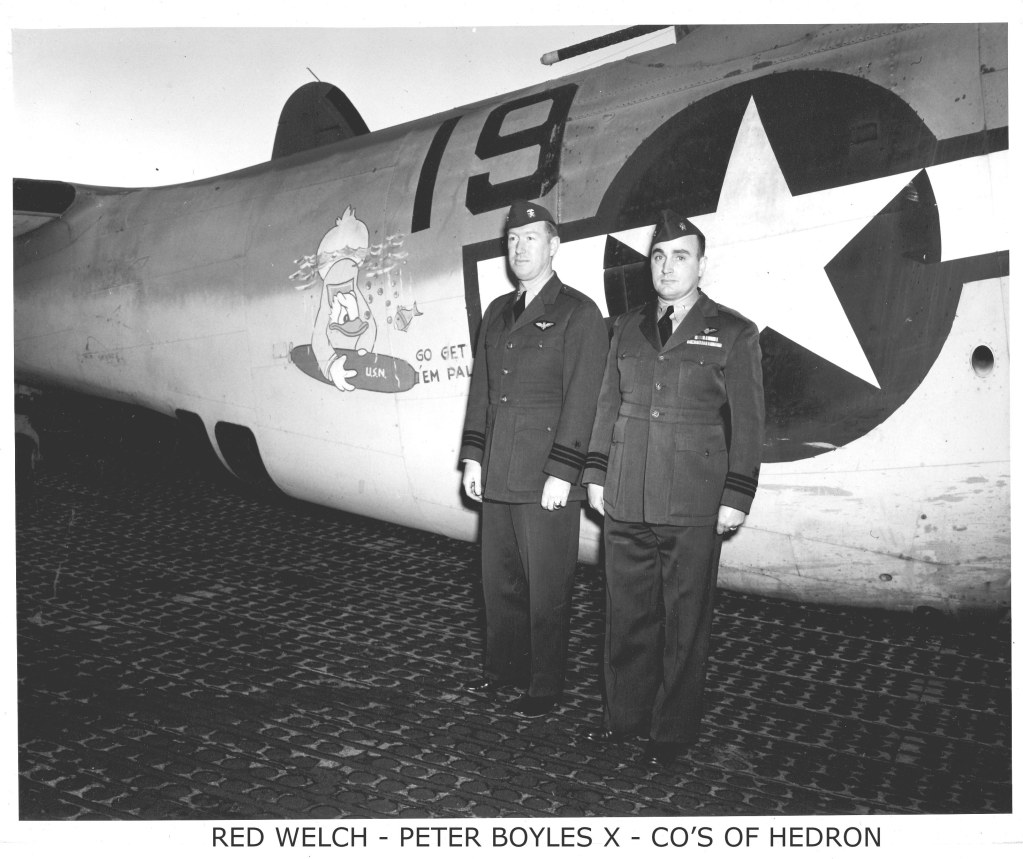
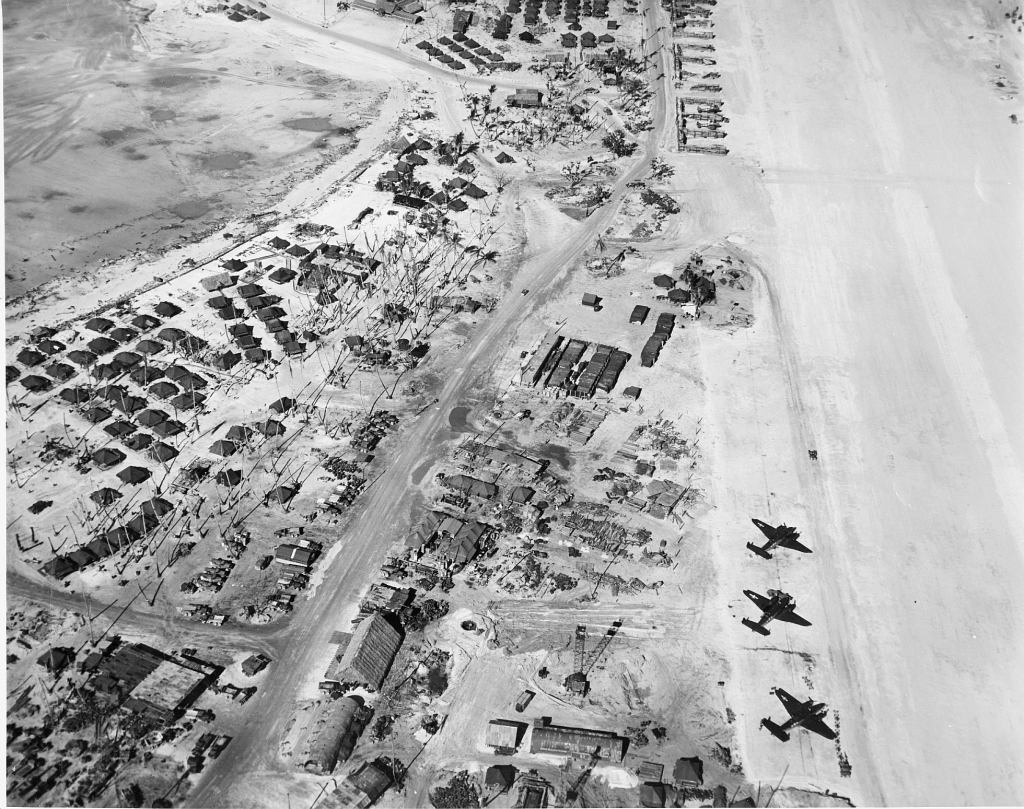
Aerial view of facilities at Hawkins Field Betio Island Tarawa Atoll. VB-142 or VB-144
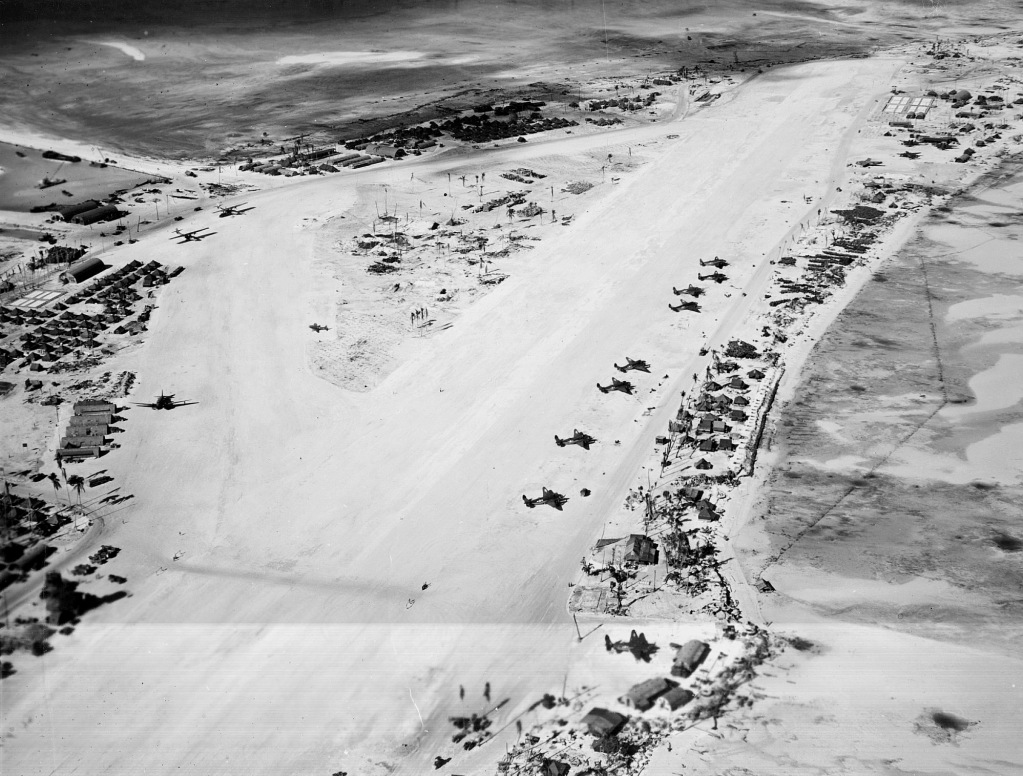













Aerial view of facilities at Hawkins Field Betio Island Tarawa Atoll. VB-142 or VB-144


Re: PV-1's / PV-2's ...
Fri Jan 11, 2013 11:22 am
Great stuff...TFP!
TXCOMT
TXCOMT
Re: PV-1's / PV-2's ...
Fri Jan 11, 2013 11:41 am
Thanks Mark! That's what I'm talking about!
Re: PV-1's / PV-2's ...
Fri Jan 11, 2013 12:13 pm
NEATO!!!  It looks like PV-1 #47 (which turns up a lot in part 1) is some sort of 'reverse lend-lease' bird showing overpainted fuselage roundels and painted out fin flashes. HMMMMM-
It looks like PV-1 #47 (which turns up a lot in part 1) is some sort of 'reverse lend-lease' bird showing overpainted fuselage roundels and painted out fin flashes. HMMMMM- 
Good job Mark!
Good job Mark!
Re: PV-1's / PV-2's ...
Fri Jan 11, 2013 12:59 pm
Very coooool- another of my favorites!!!
Thanks a ton Mark!!!
Thanks a ton Mark!!!
Re: PV-1's / PV-2's ...
Fri Jan 11, 2013 1:58 pm
The Inspector wrote:NEATO!!!It looks like PV-1 #47 (which turns up a lot in part 1) is some sort of 'reverse lend-lease' bird showing overpainted fuselage roundels and painted out fin flashes. HMMMMM-

Good job Mark!
I think it's just the change from roundel to star&bar. If they had just added the bars to the fuselage insignia it would be over the door, and possibly covering a window.
Re: PV-1's / PV-2's ...
Fri Jan 11, 2013 2:06 pm
shrike wrote:The Inspector wrote:NEATO!!!It looks like PV-1 #47 (which turns up a lot in part 1) is some sort of 'reverse lend-lease' bird showing overpainted fuselage roundels and painted out fin flashes. HMMMMM-

Good job Mark!
I think it's just the change from roundel to star&bar. If they had just added the bars to the fuselage insignia it would be over the door, and possibly covering a window.
If so, then why are there painted over patches on both sides of the fixed portion of both Vertical stabilizers where fin flashes would go?
Re: PV-1's / PV-2's ...
Fri Jan 11, 2013 2:49 pm
Pictures not available ($%#$@% photobucket)
Re: PV-1's / PV-2's ...
Fri Jan 11, 2013 3:46 pm
I love it! MORE PLEASE!.... One thing that did carry over from the Hudsons to the Venturas, and all the Harpoons, is that even though the bombardiers position in the nose was eliminated with the early Venturas, the entry to the nose is in all the production Harpoons via floorboards opening up at the co-pilots position remained. After crawling thru most of the remaining Harpoons, I still can't figure out how anybody could squeeze through that small opening....I can't remember if the co-pilots rudder peddles pulled up out of the way, or not....Great pics just the same!
Re: PV-1's / PV-2's ...
Fri Jan 11, 2013 4:11 pm
Like Gary said about the access to the nose of the Harpoon. Even our D model with all the guns in the nose still retained it. The floorboards on the co-pilot side are split and flip up like saloon doors and you are somehow supposed to squeeze past the rudder peddles and get in there? I suppose it was a lot easier to acces on the earlier Ventura than the Harpoon as all the controls were on the port side. But to leave that feature in the Harpoon always seemed strange to me. I for one would sure hate to have to try it in flight.
Re: PV-1's / PV-2's ...
Fri Jan 11, 2013 5:43 pm
Can someone tell me if this is a PV-2?
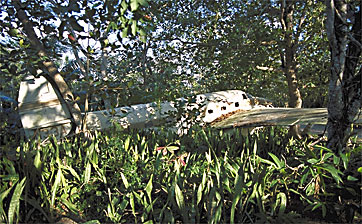

Re: PV-1's / PV-2's ...
Fri Jan 11, 2013 5:51 pm
Do you know where the photo was taken? By the tail looks like she used to be a PV-1 but converted into a civilian Howard conversion.
Re: PV-1's / PV-2's ...
Fri Jan 11, 2013 6:47 pm
Supposedly its a plane left in the bahama's after a james bond movie